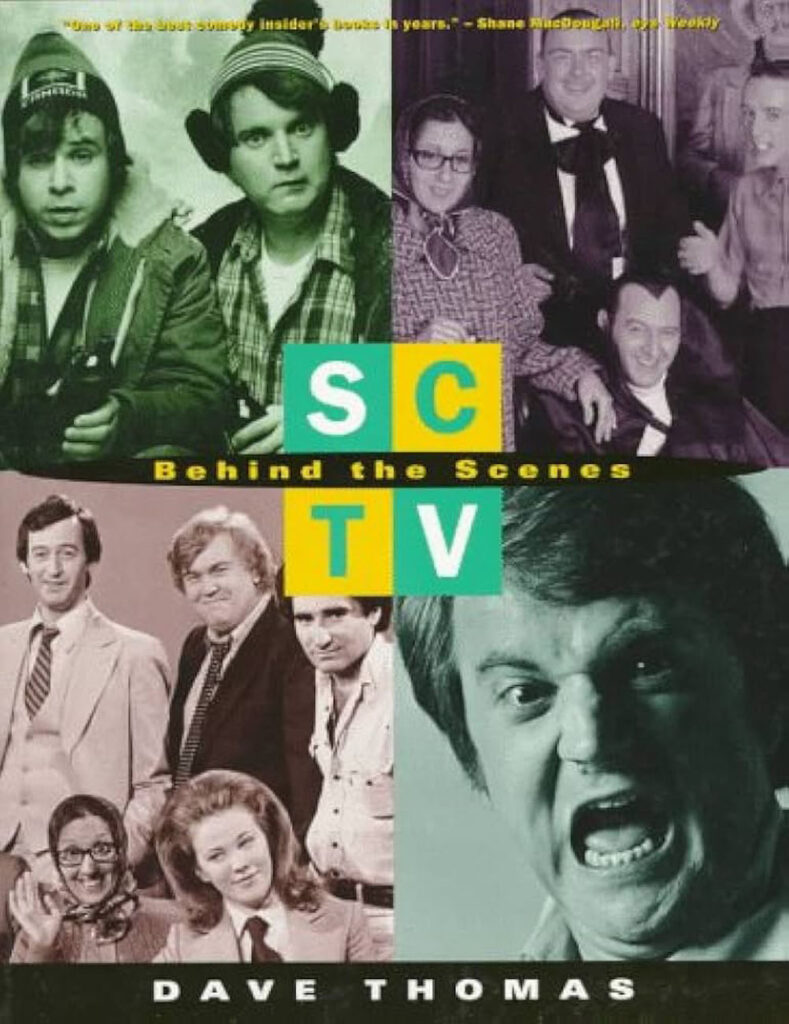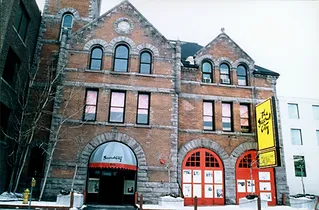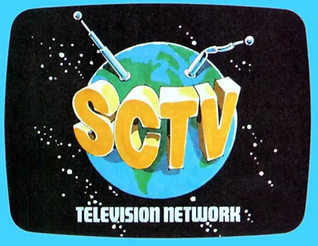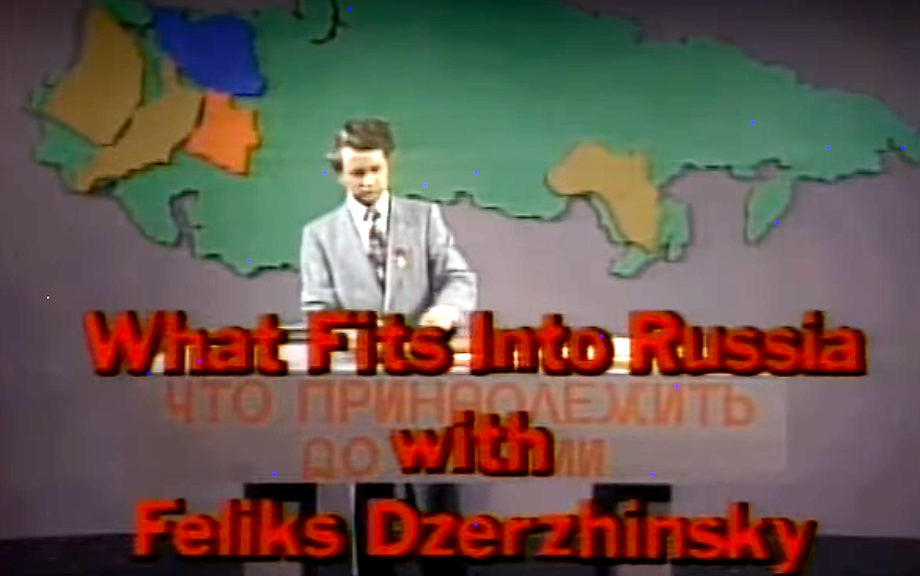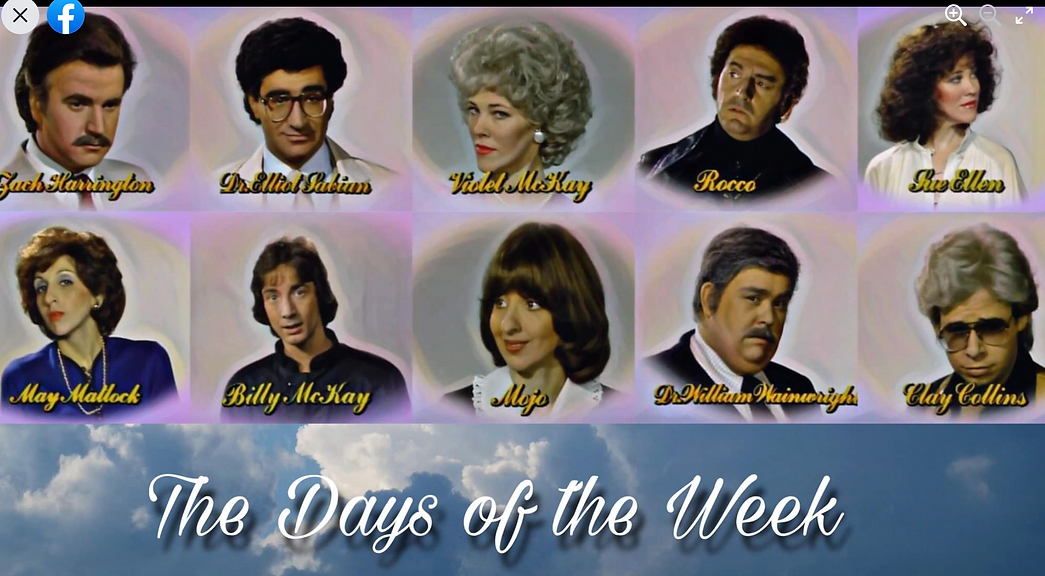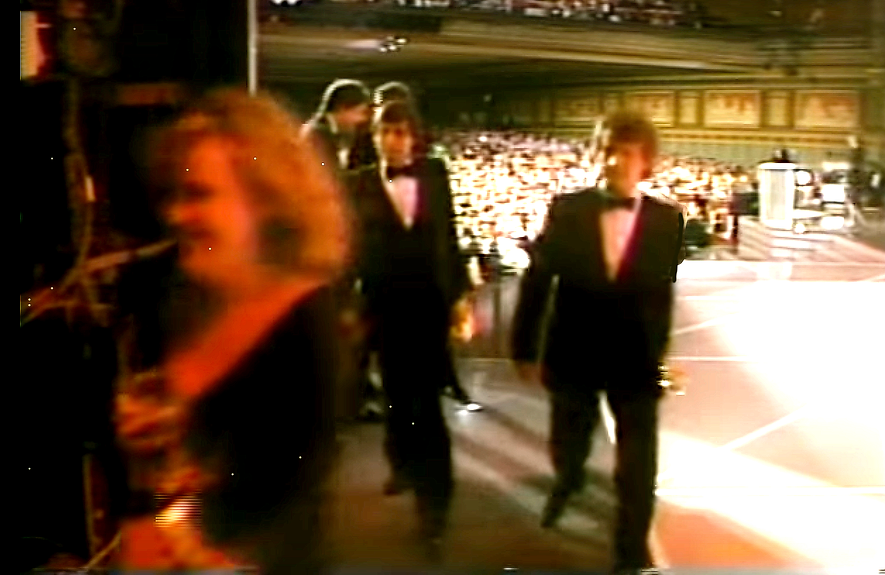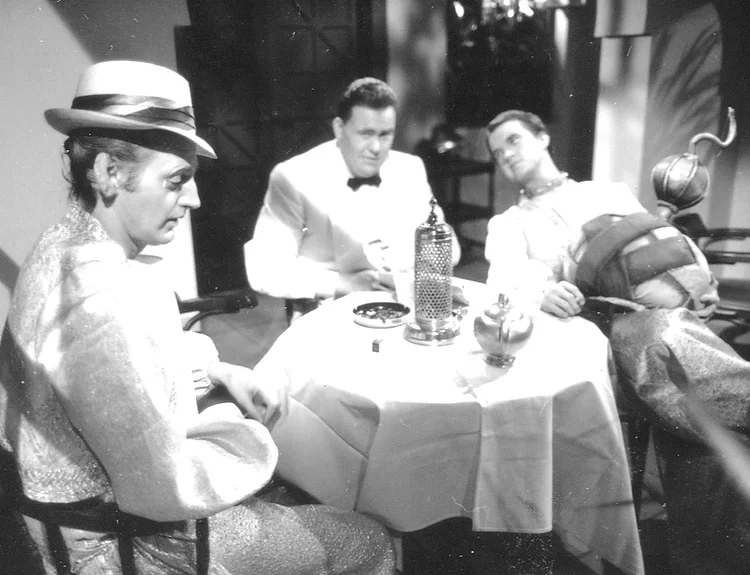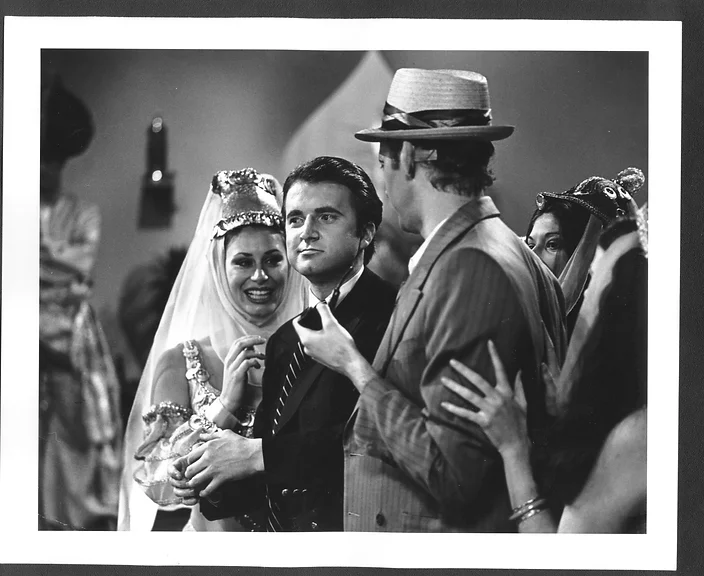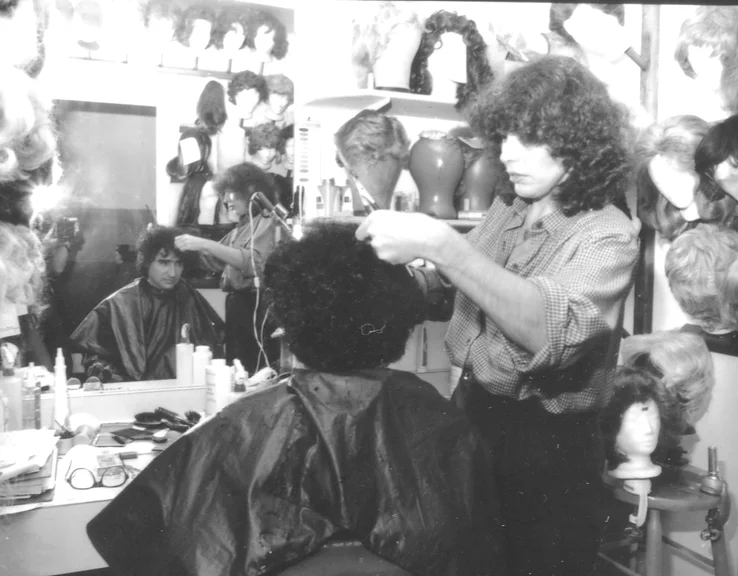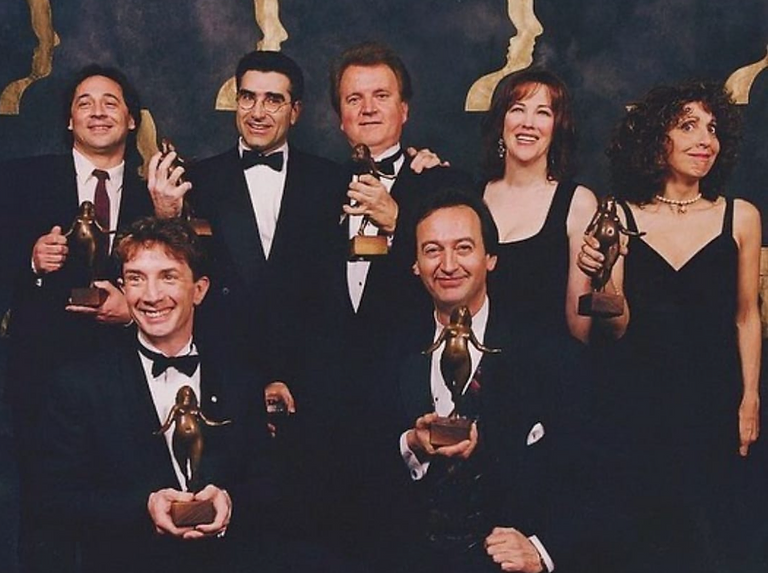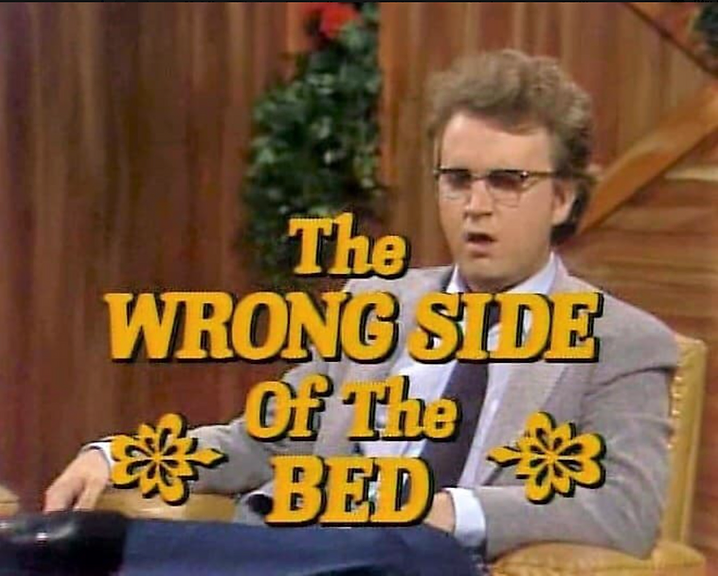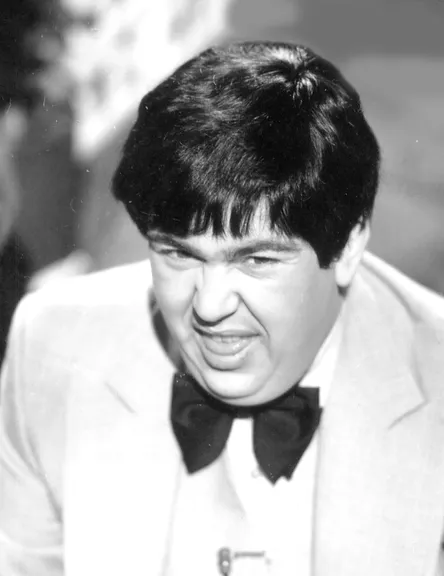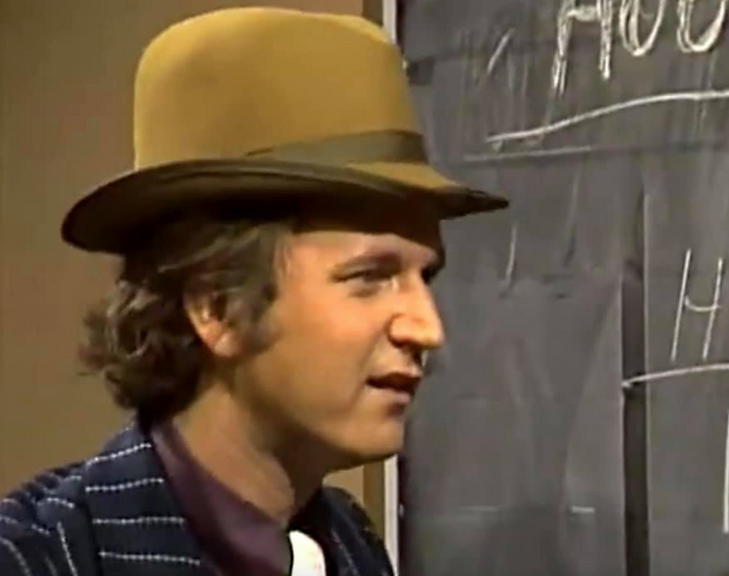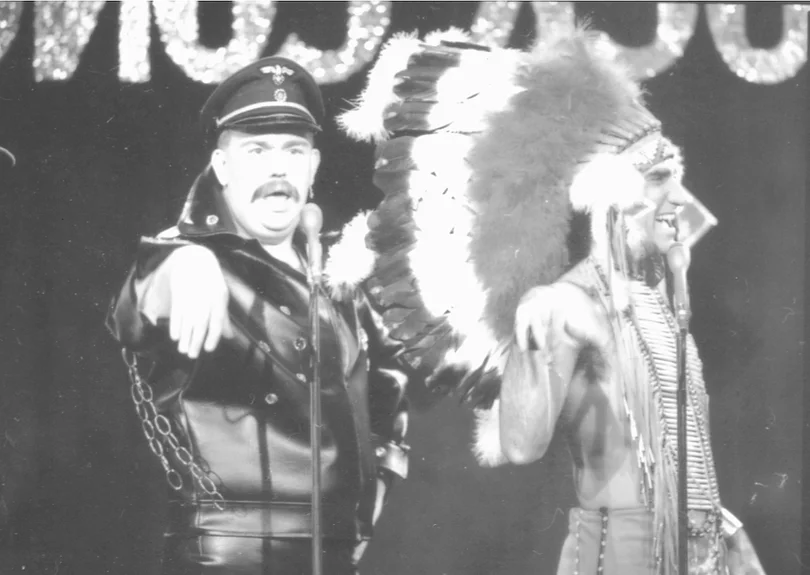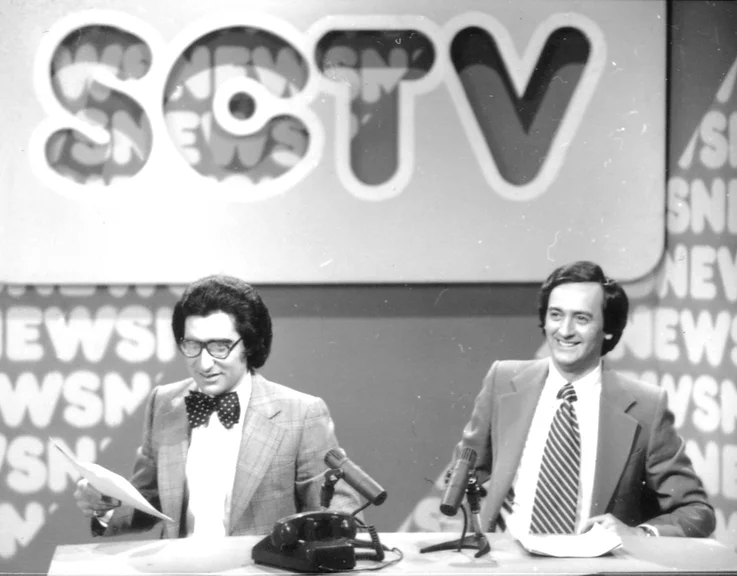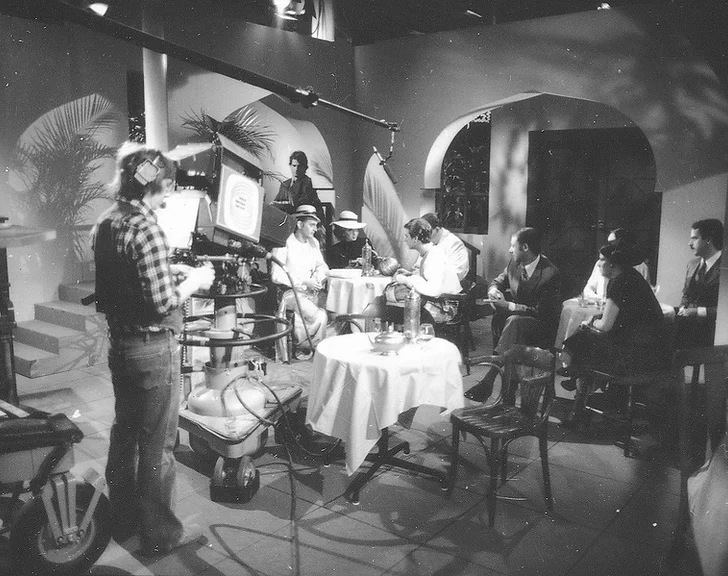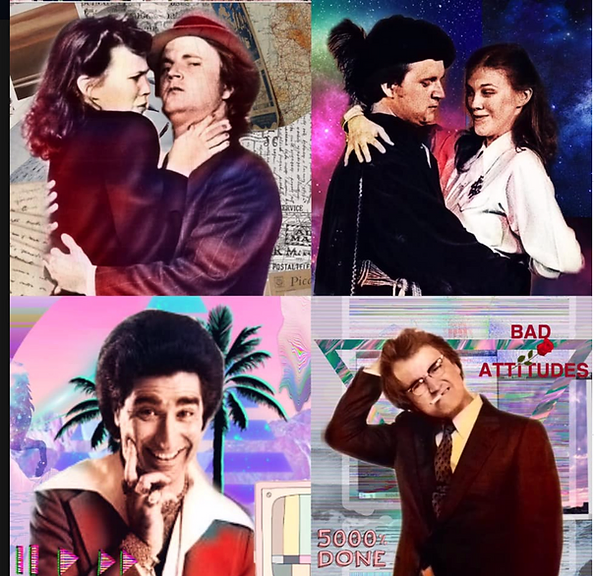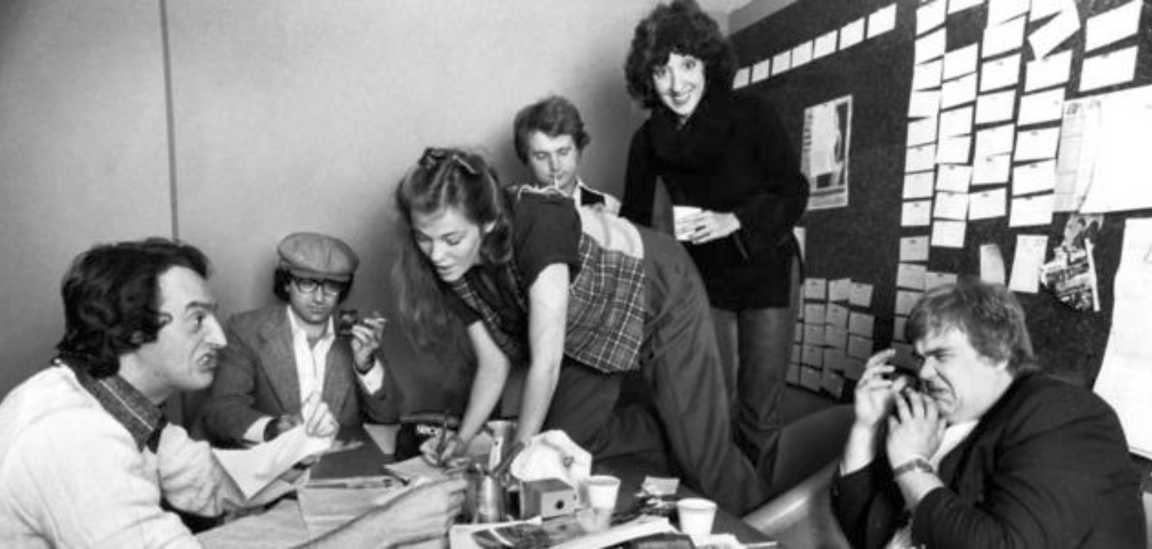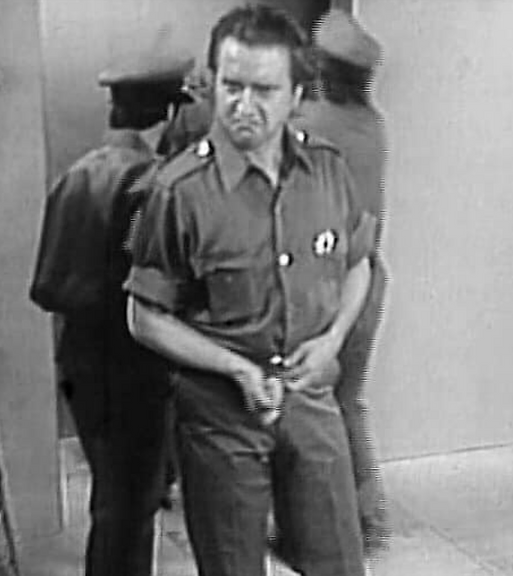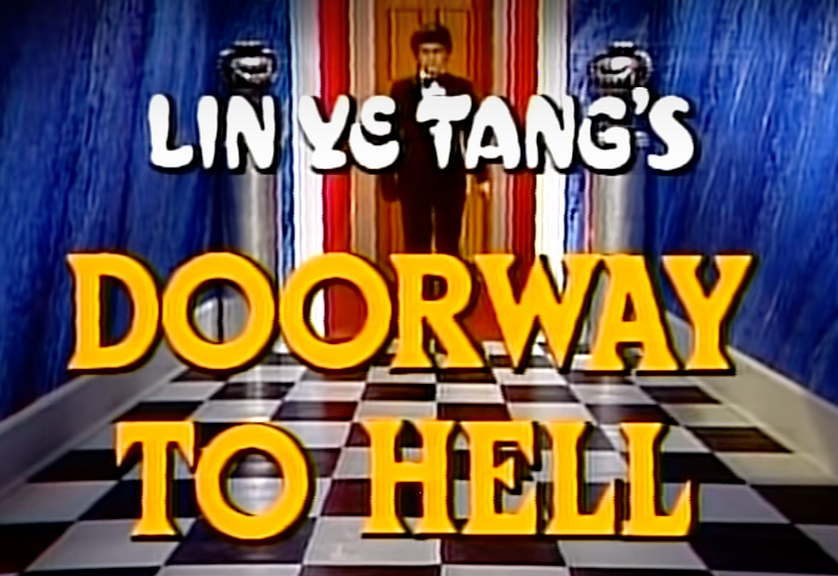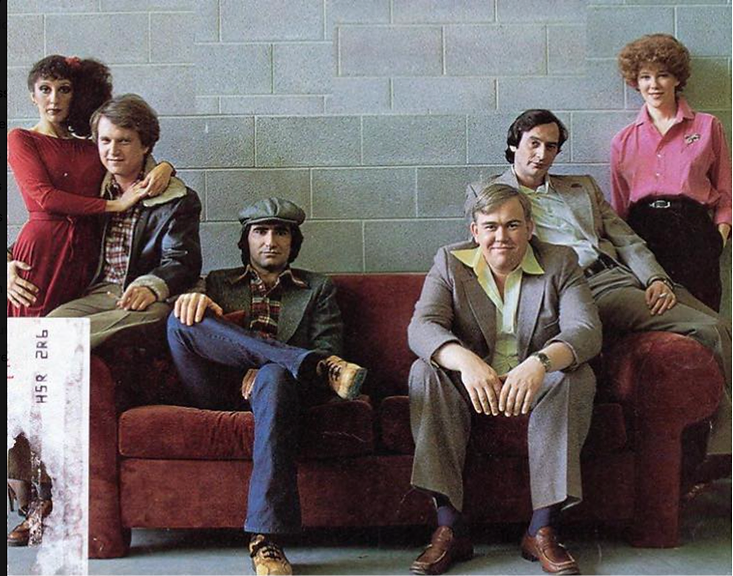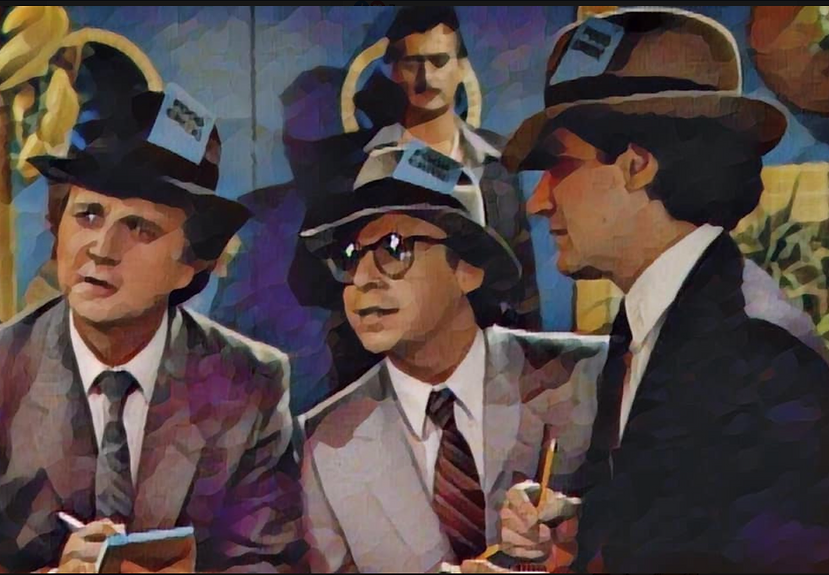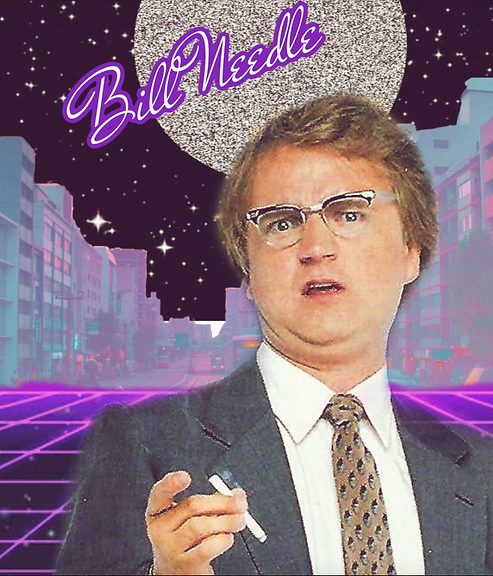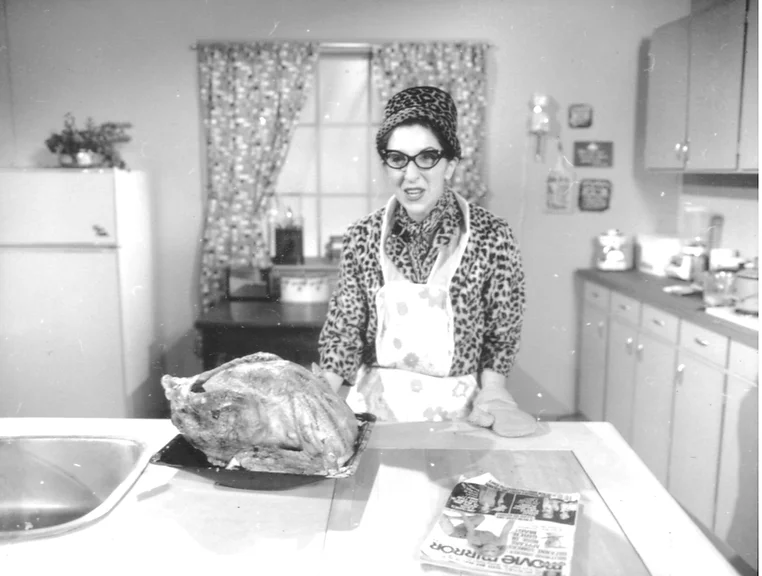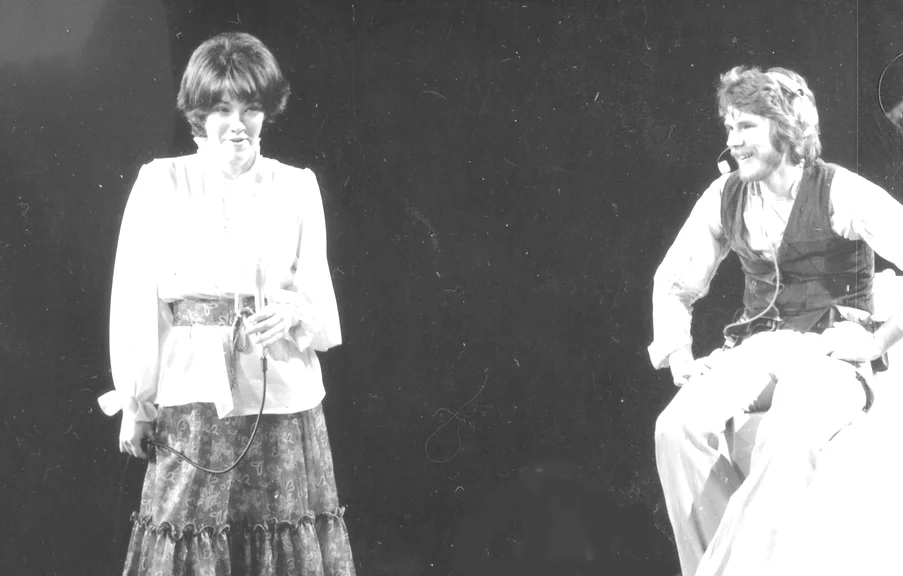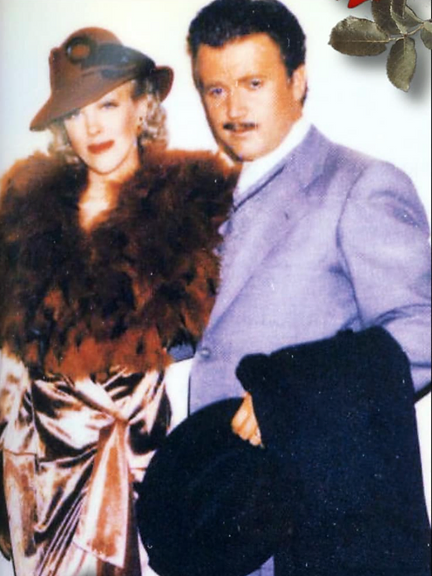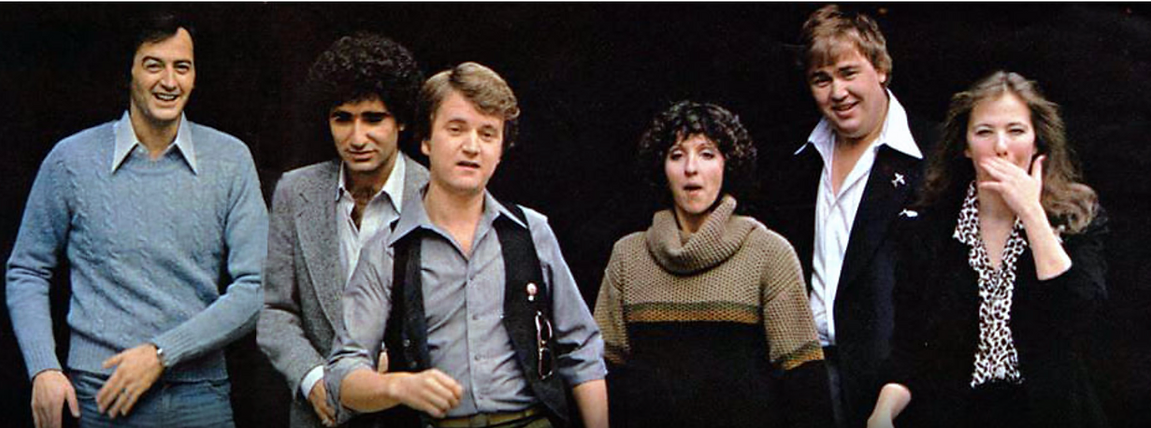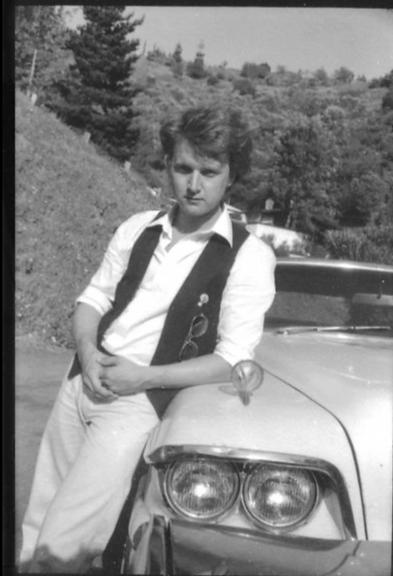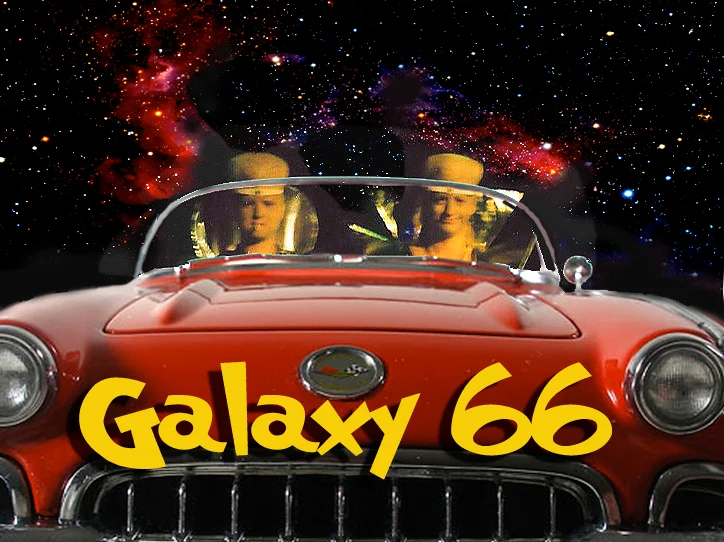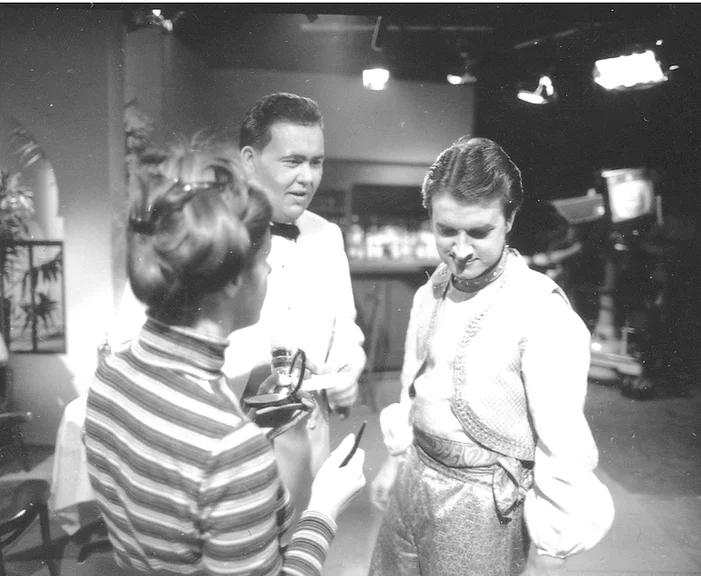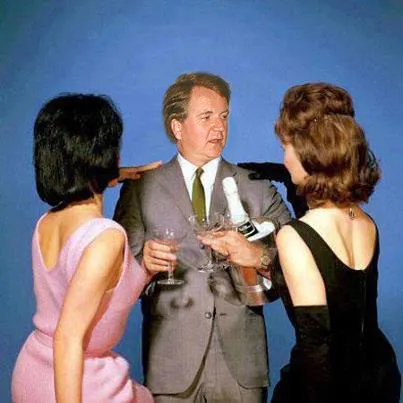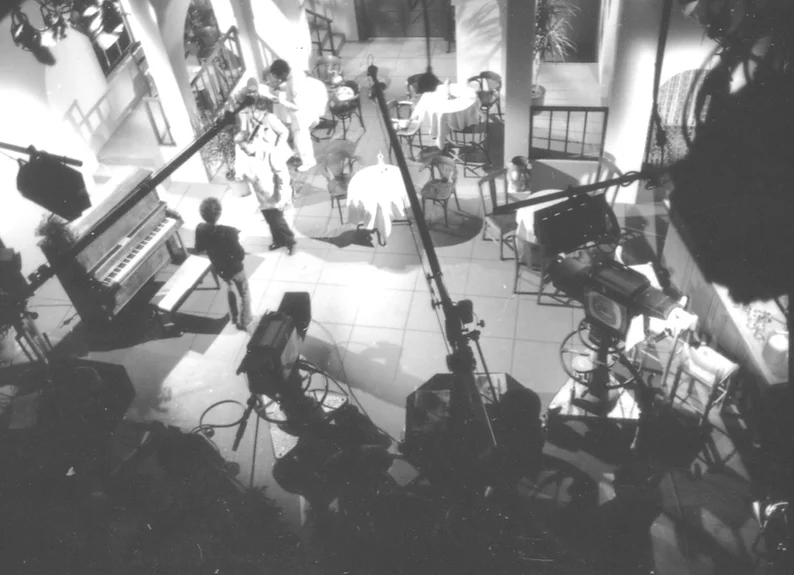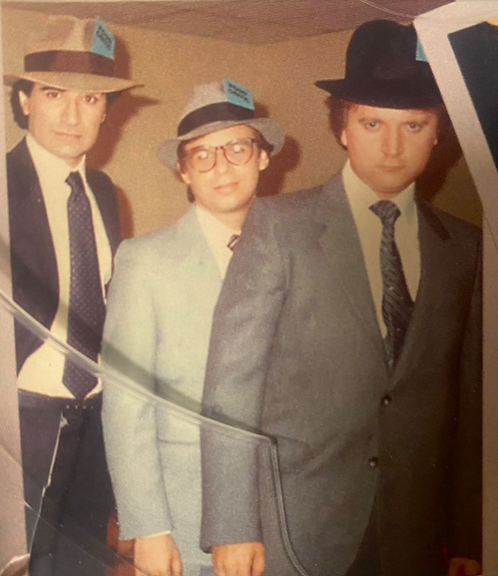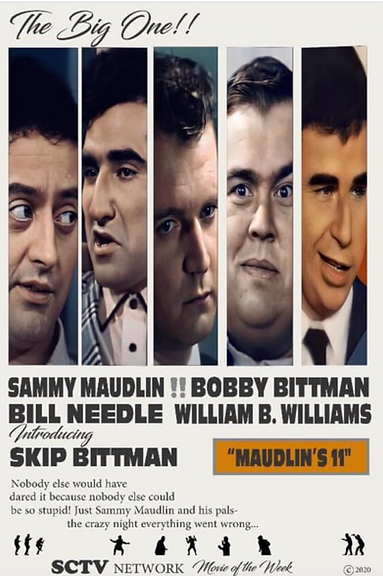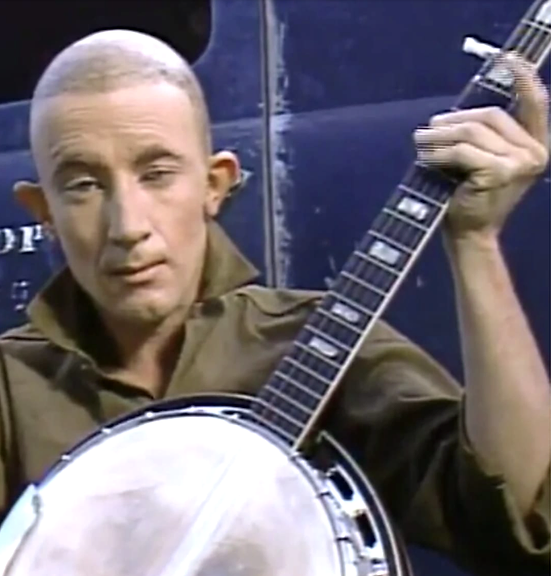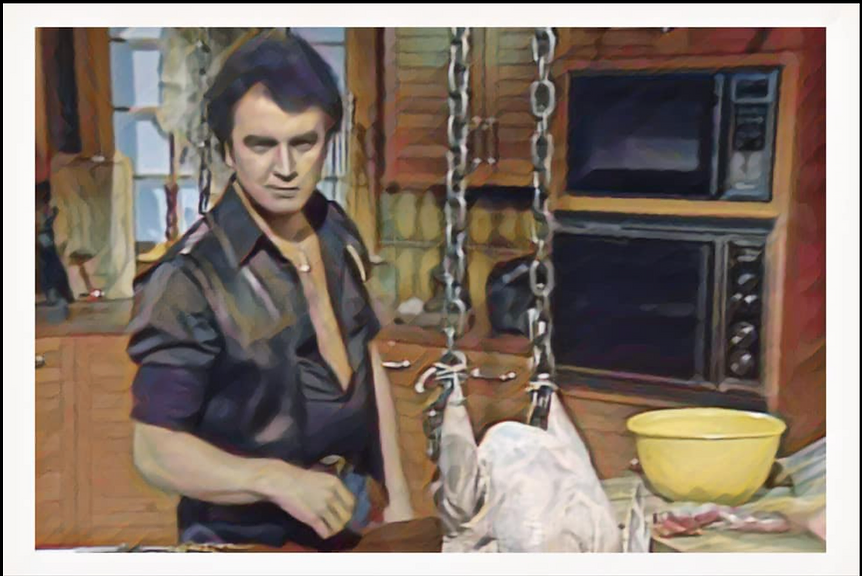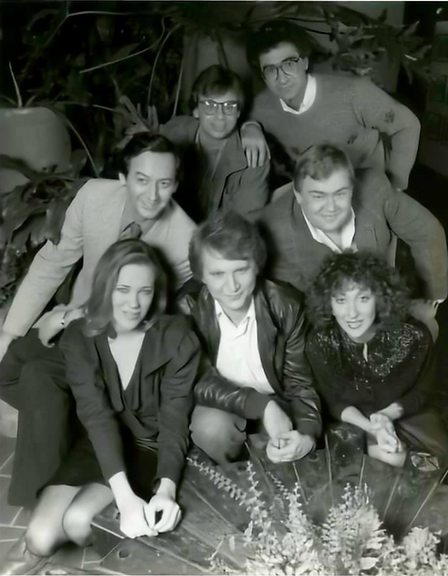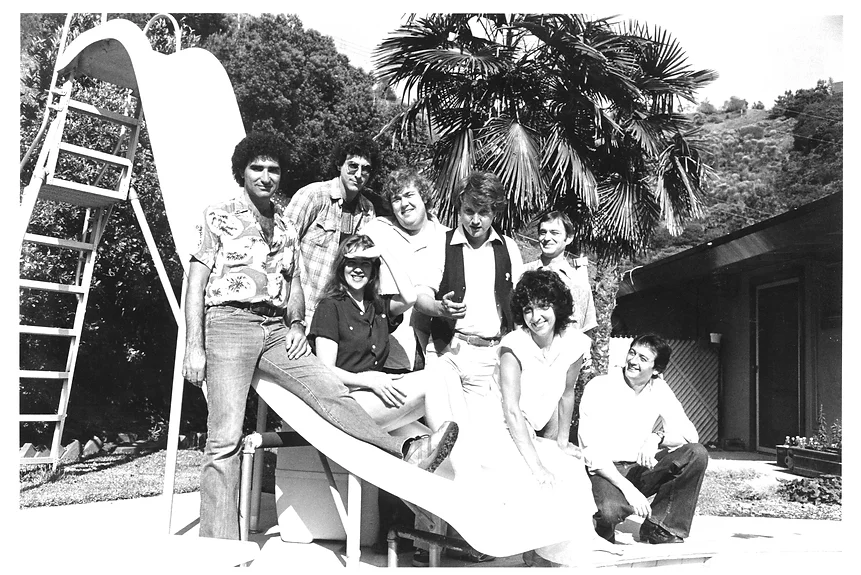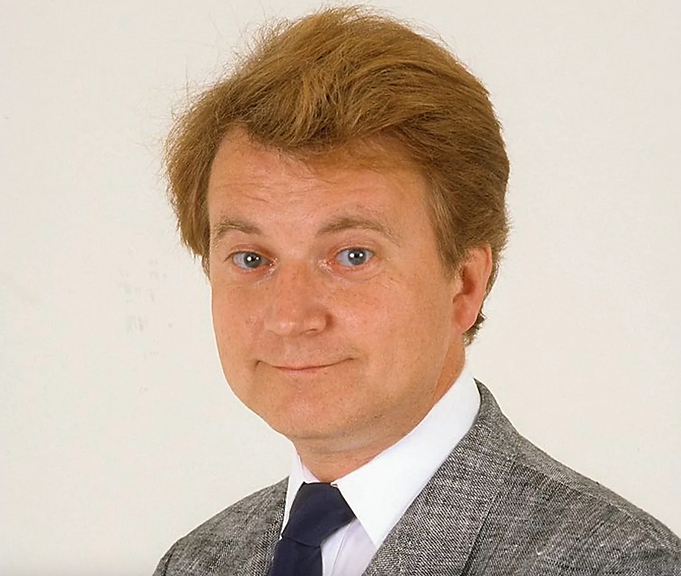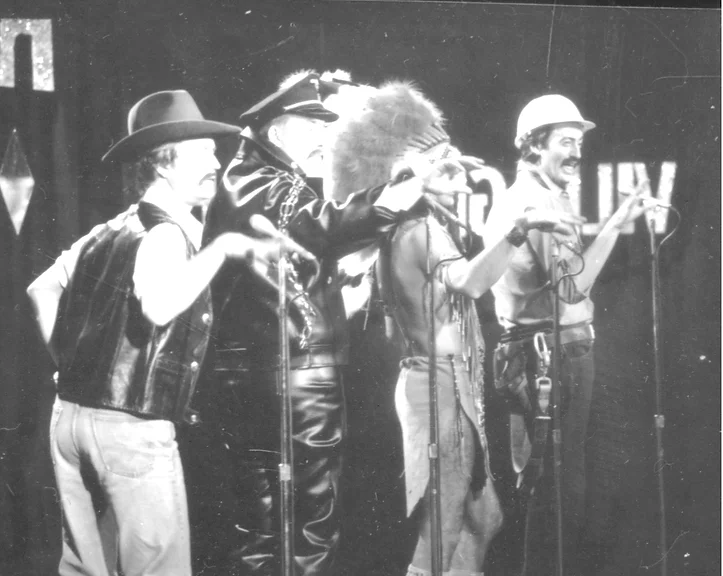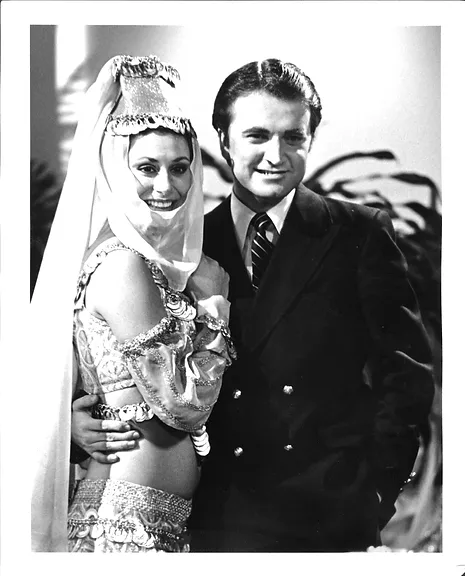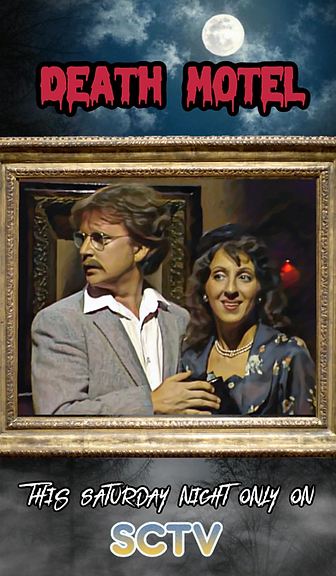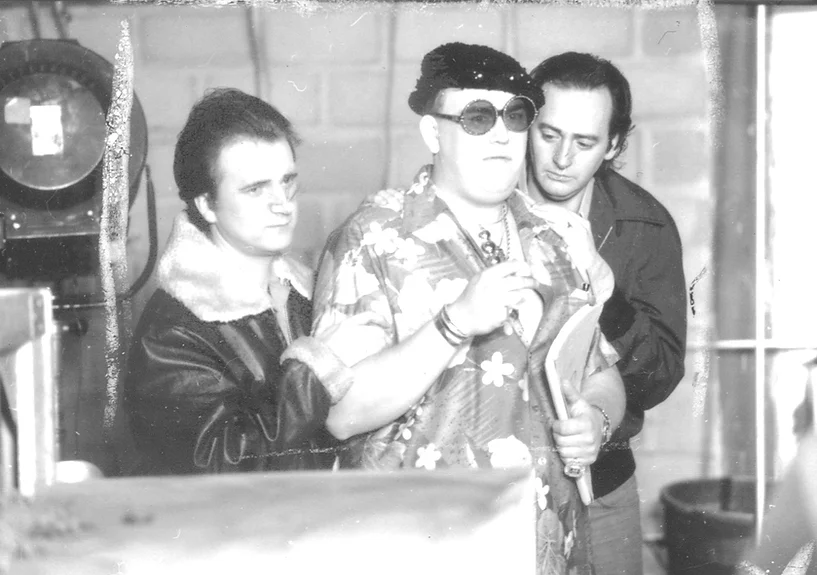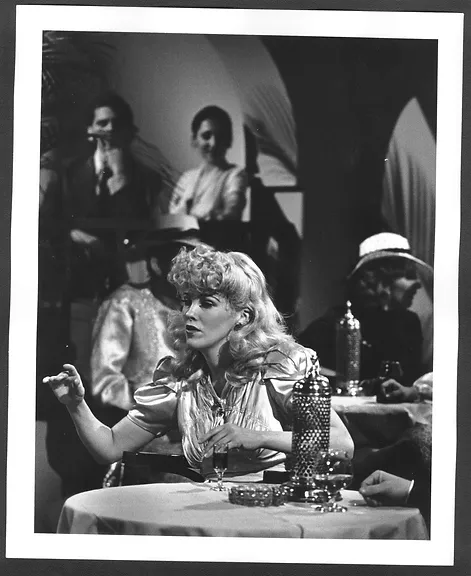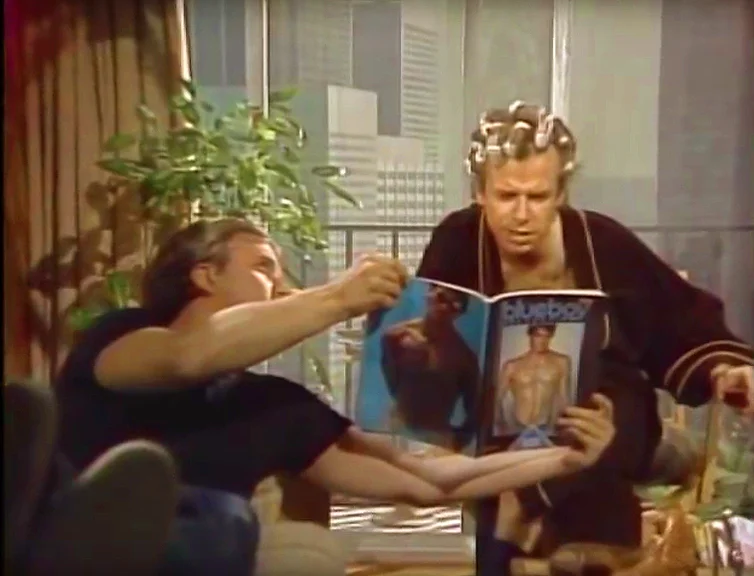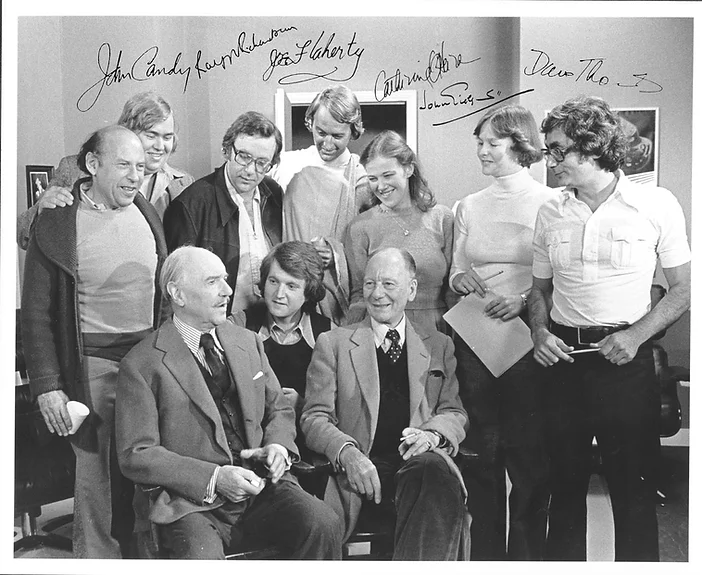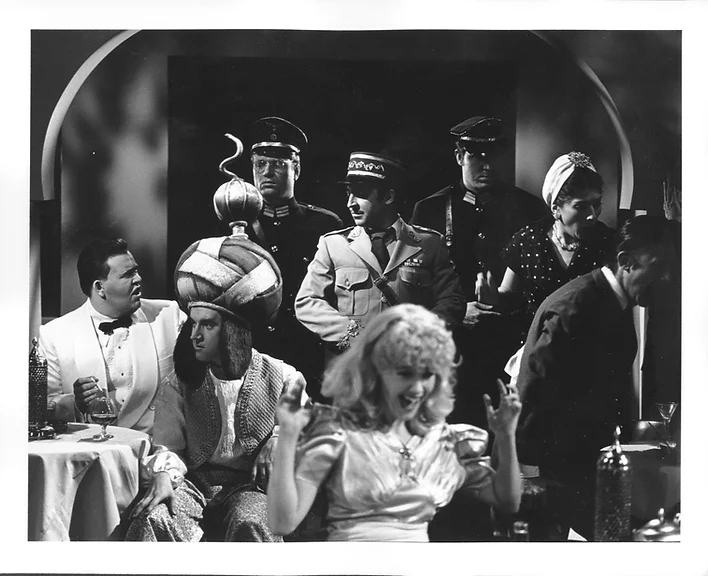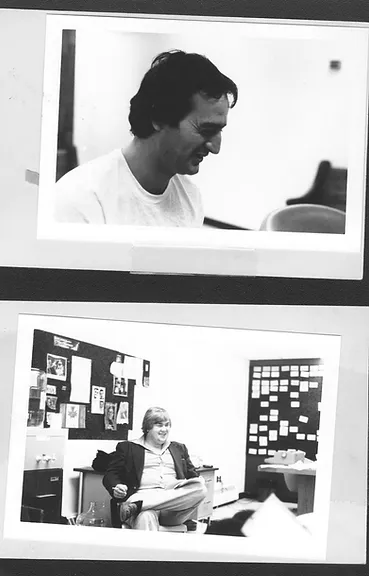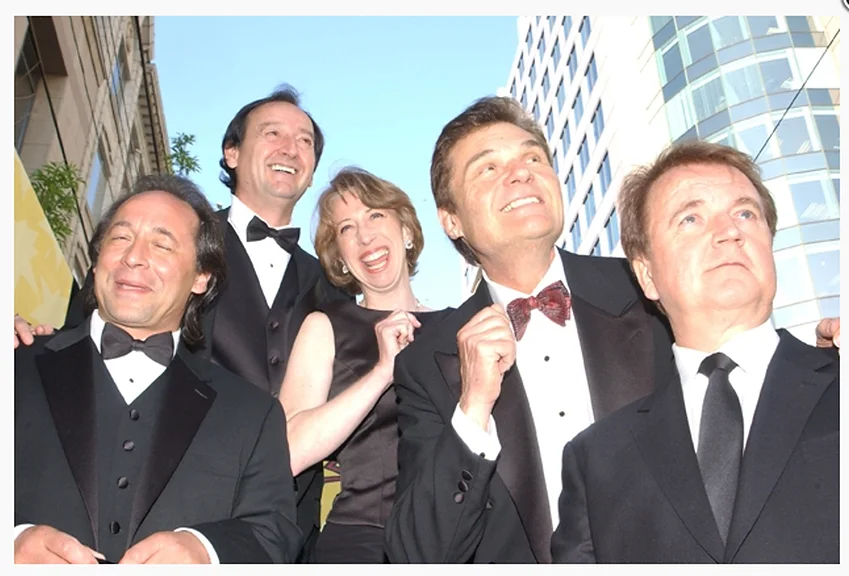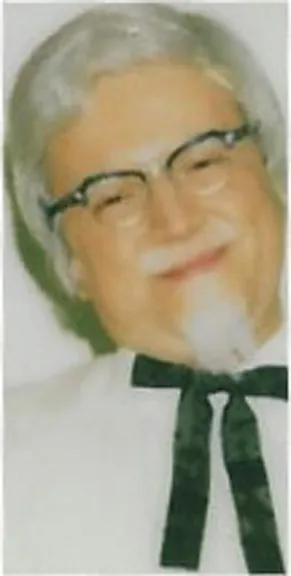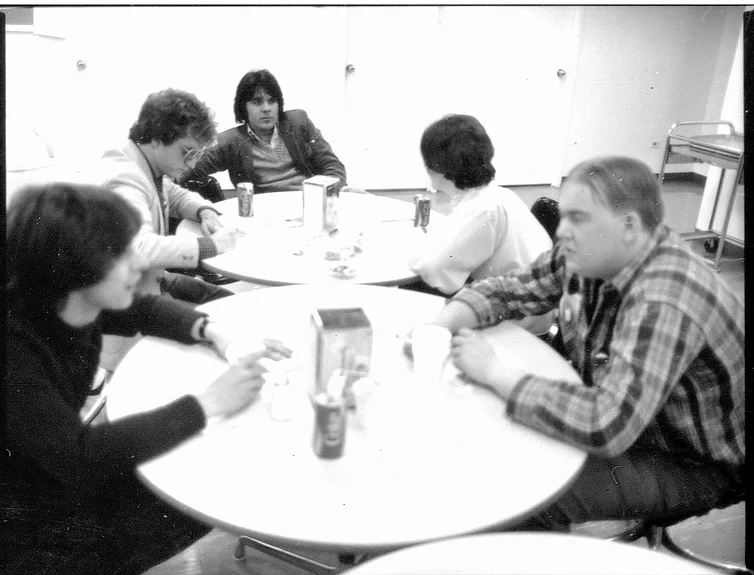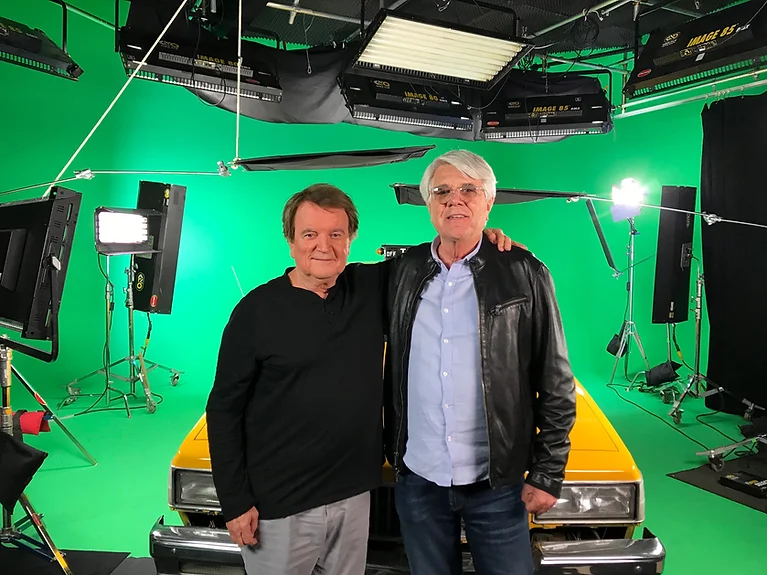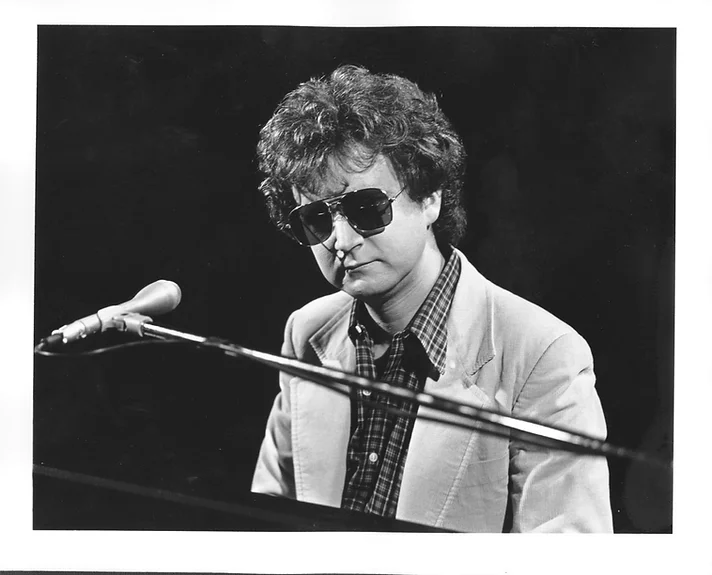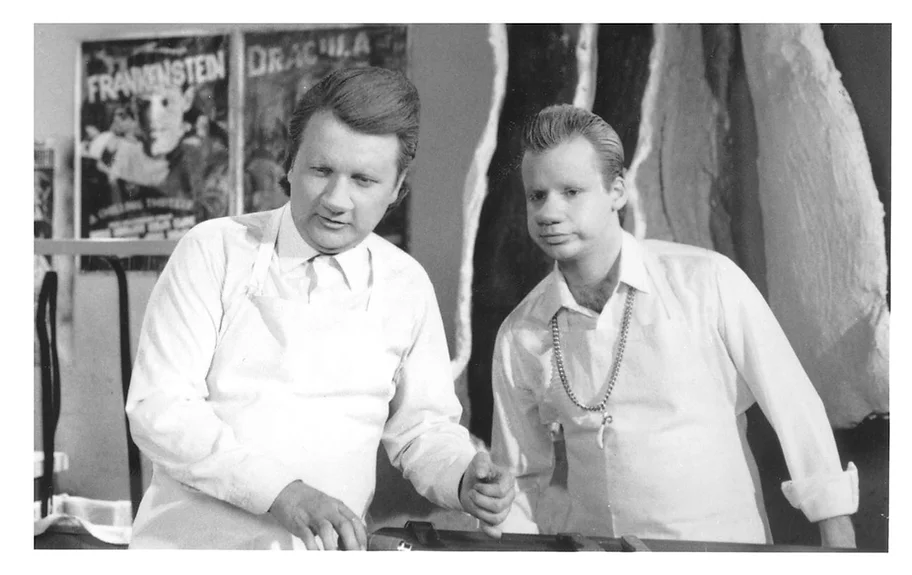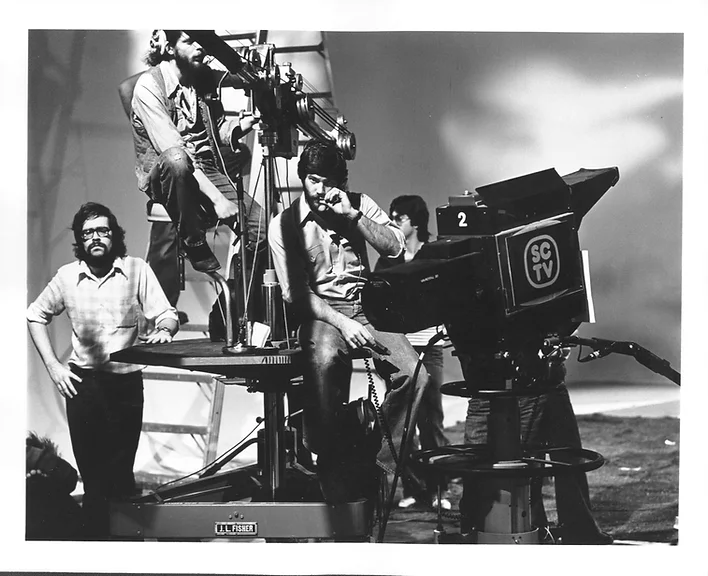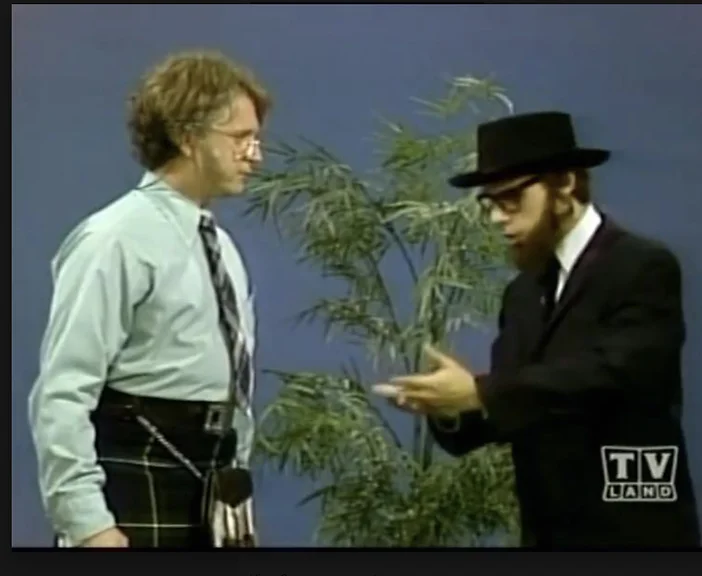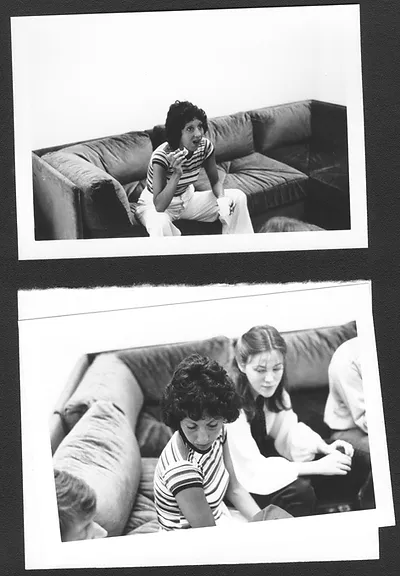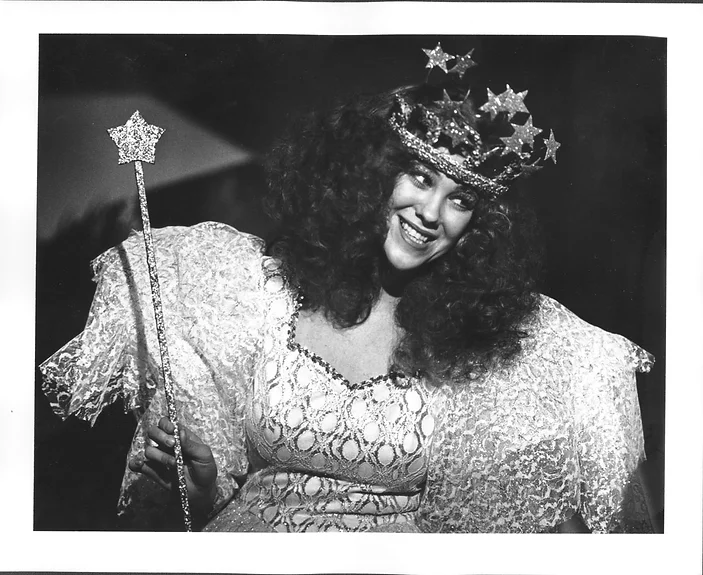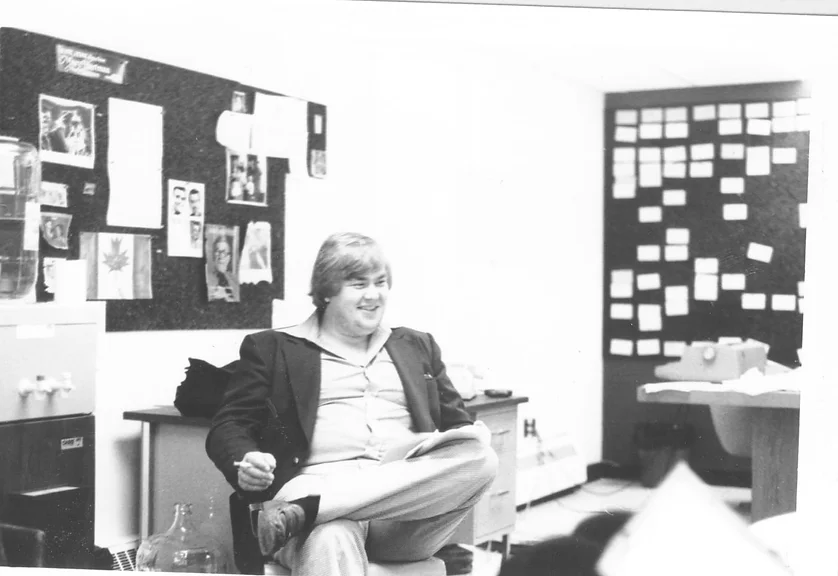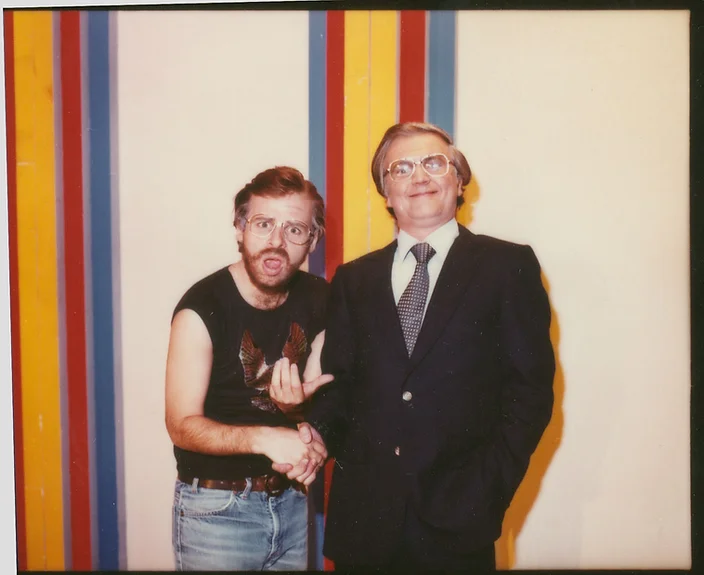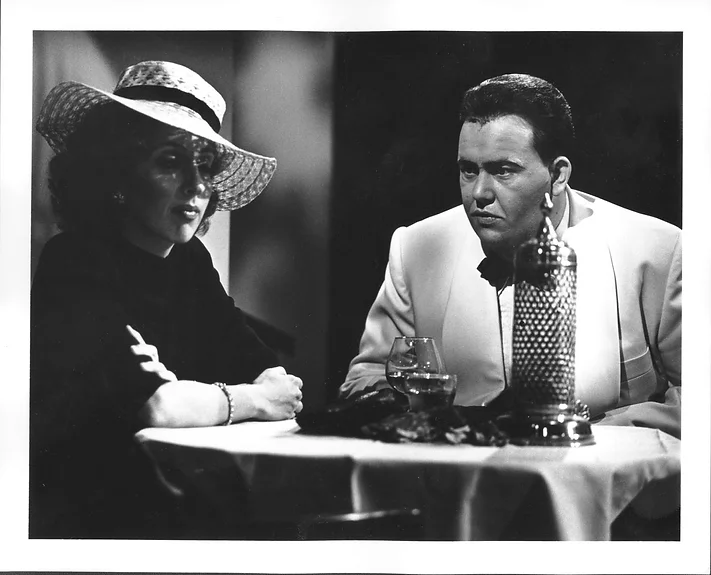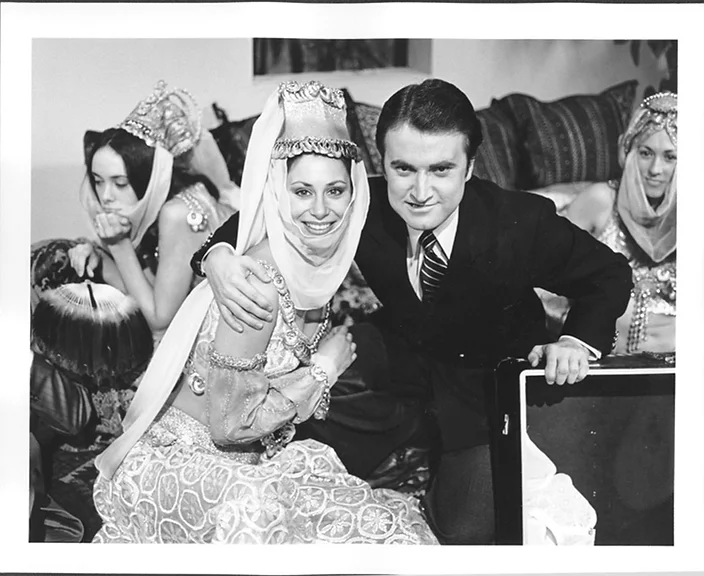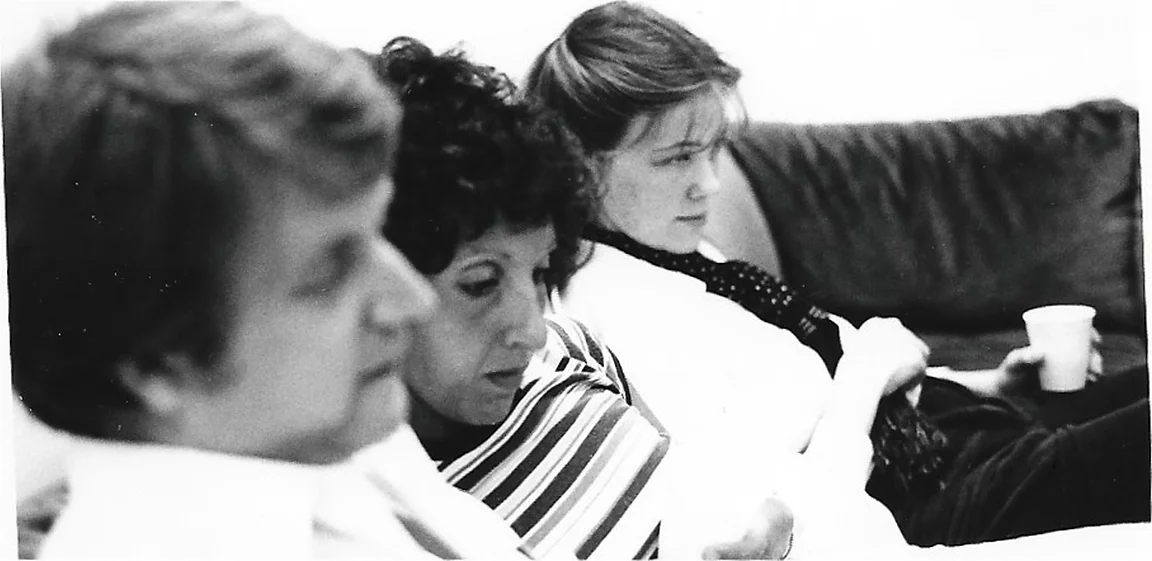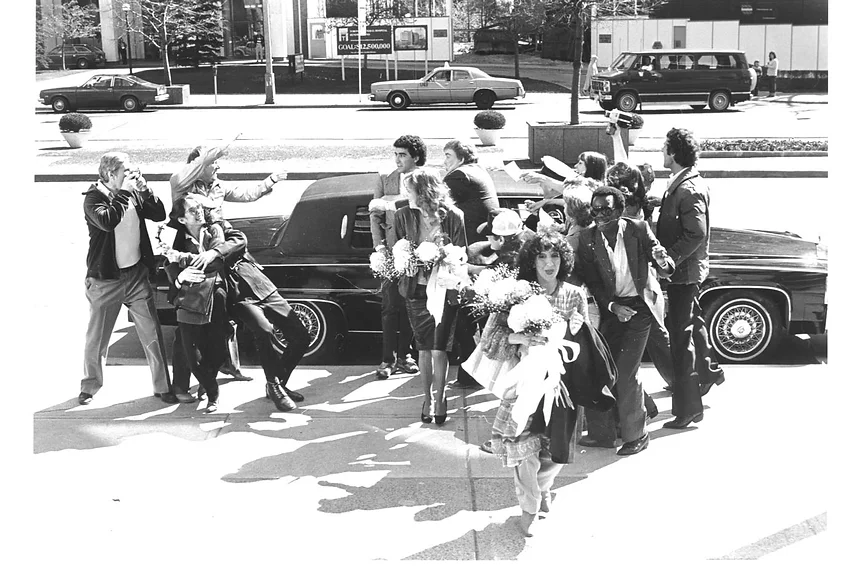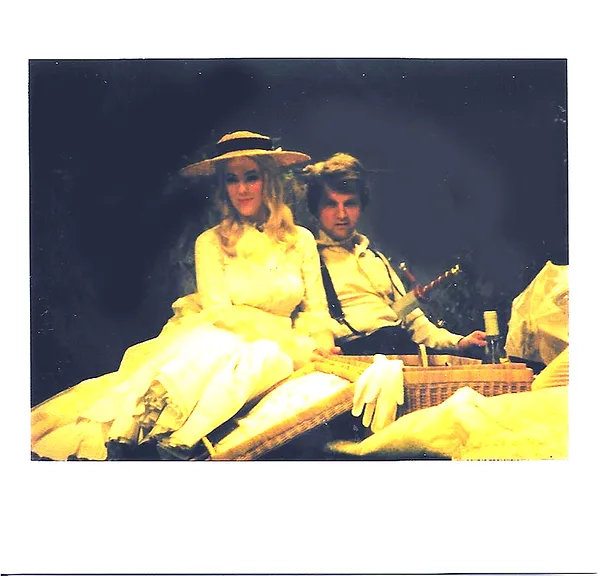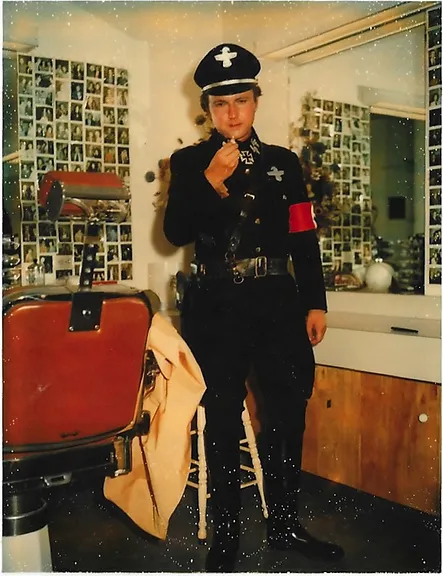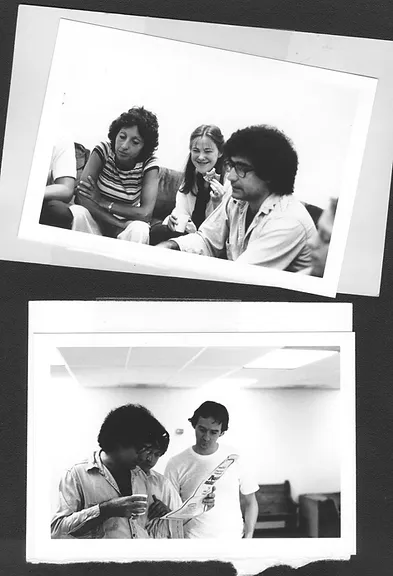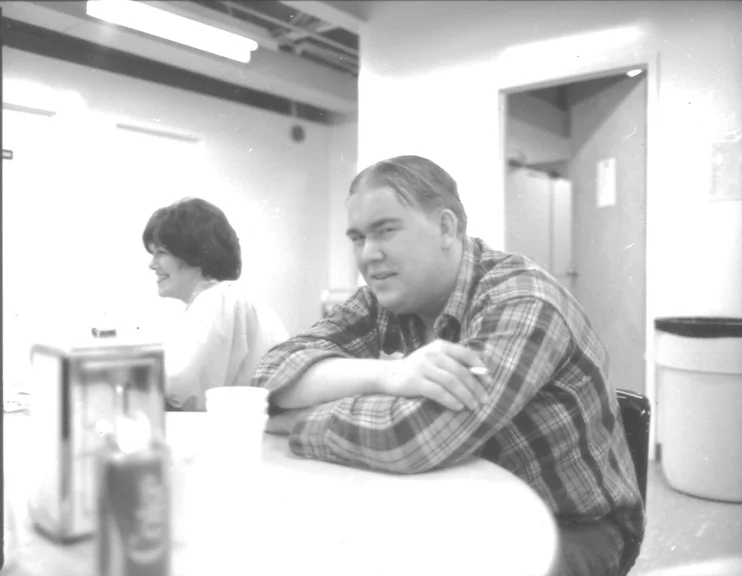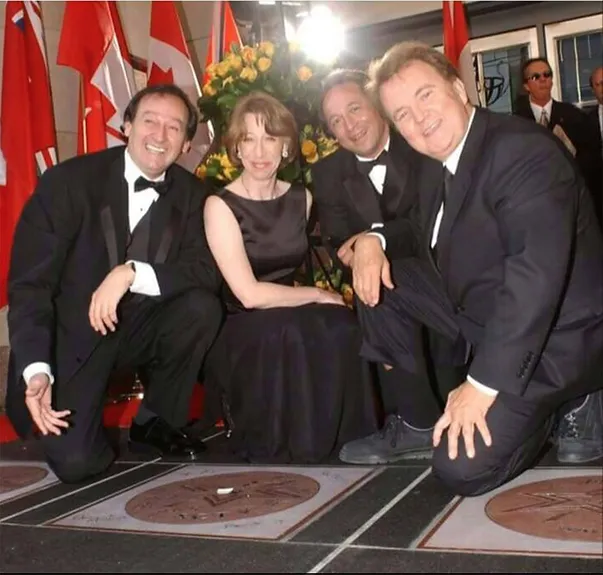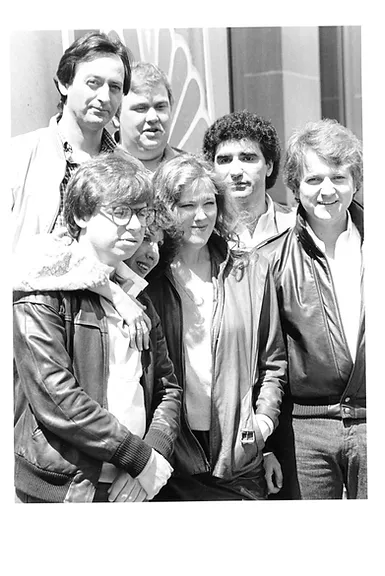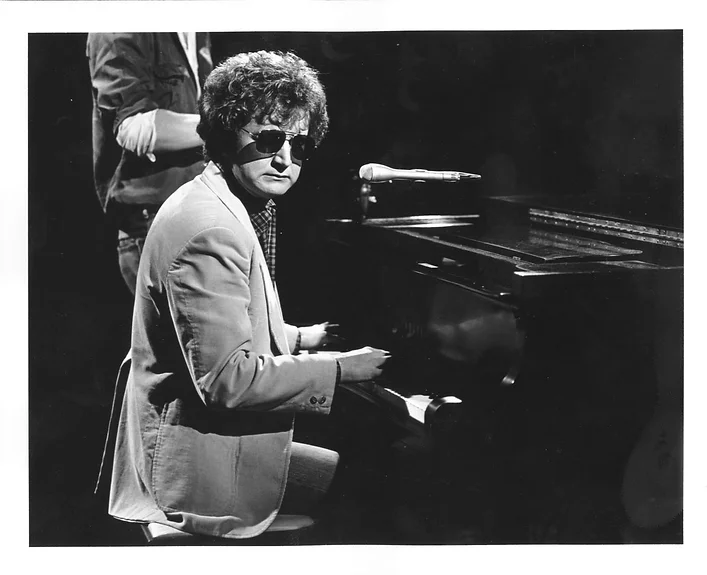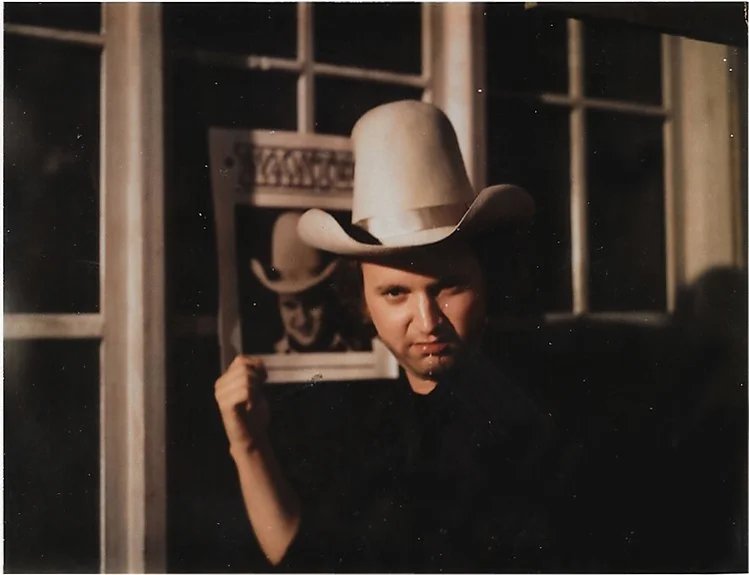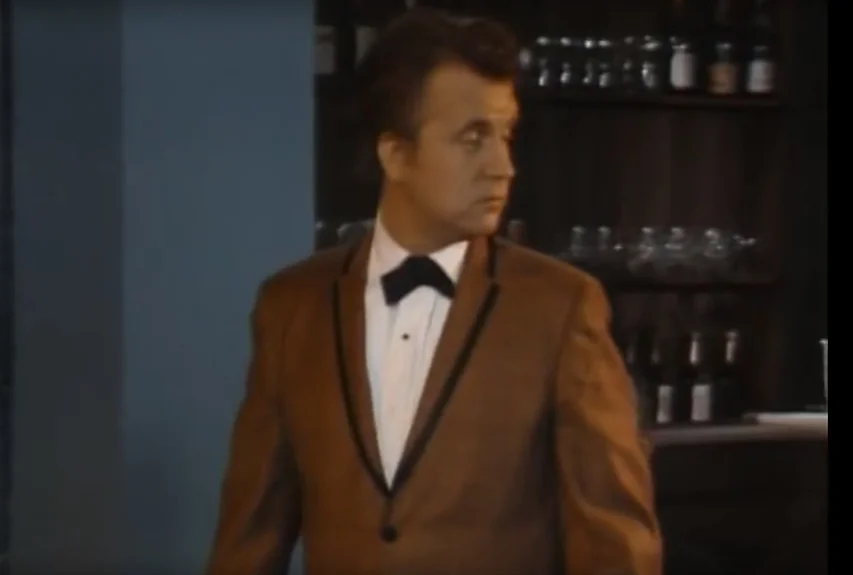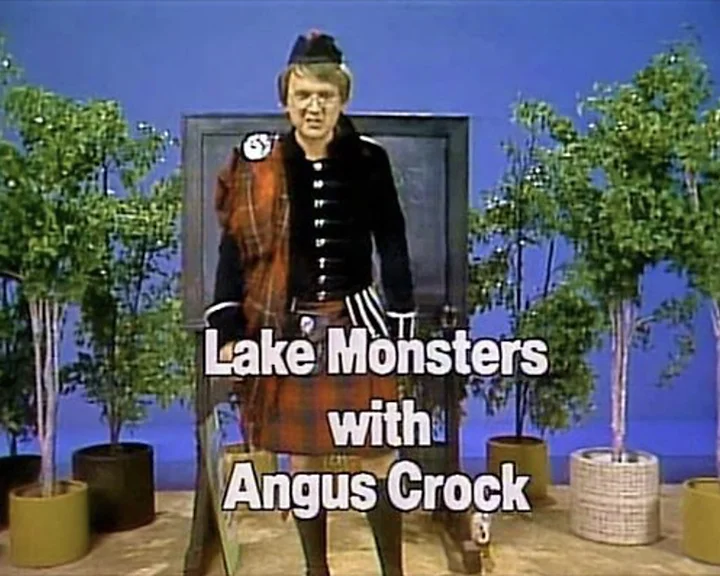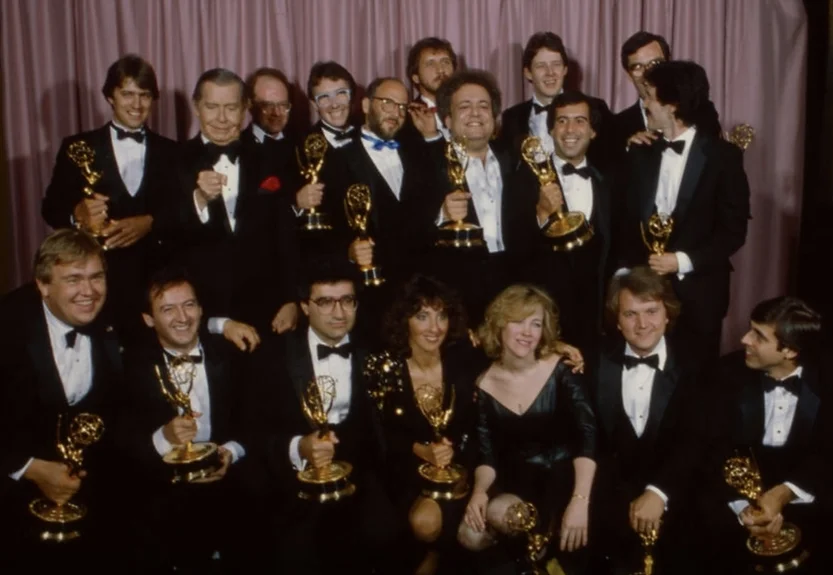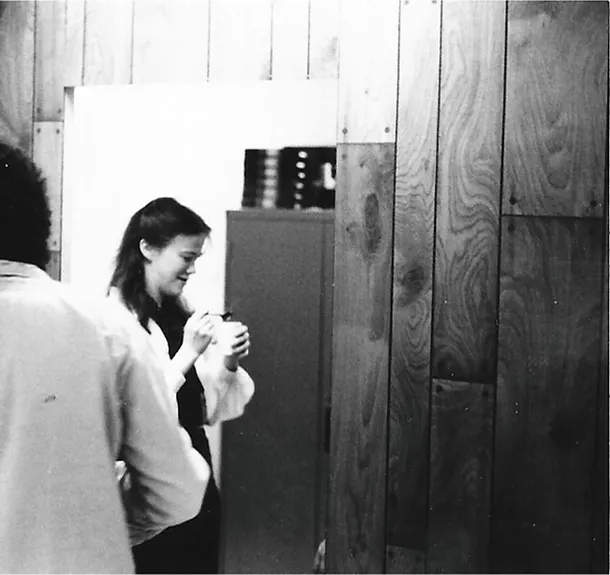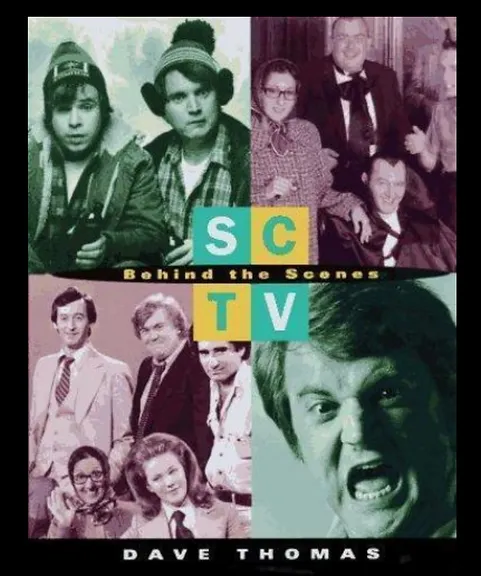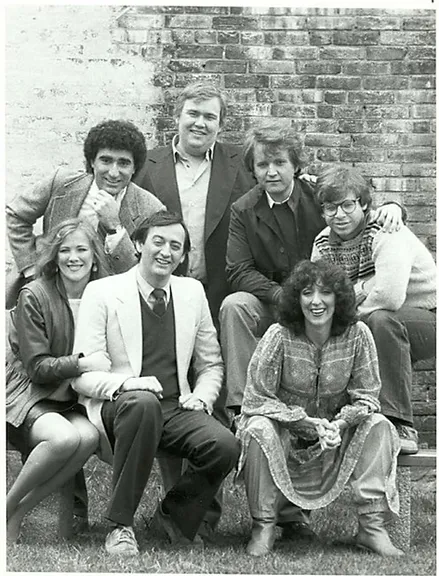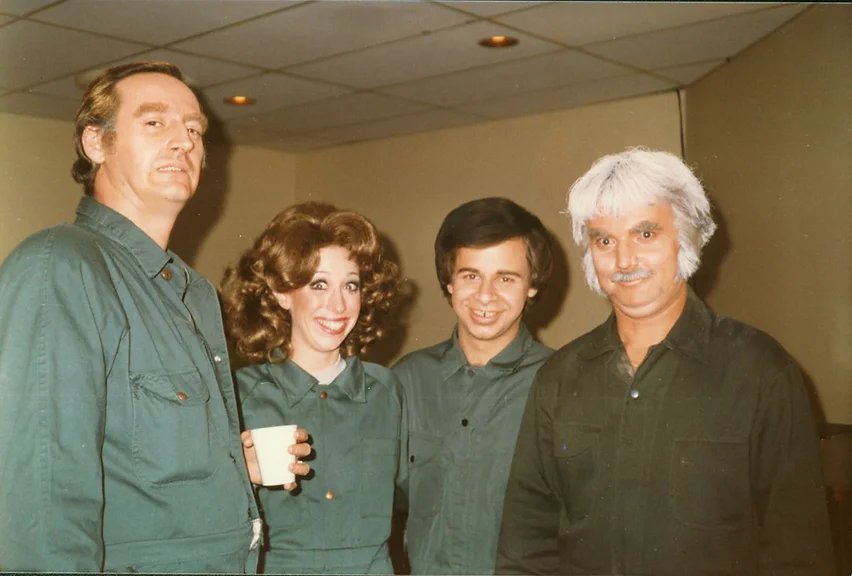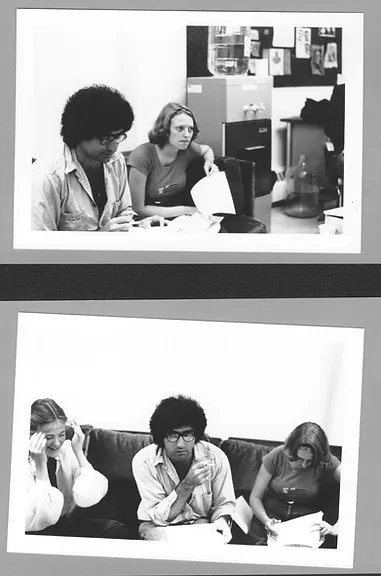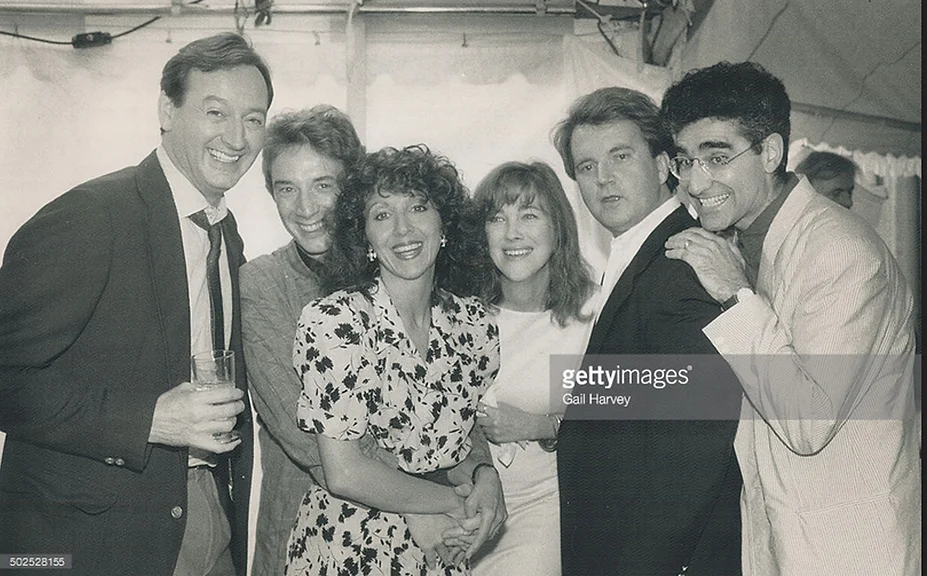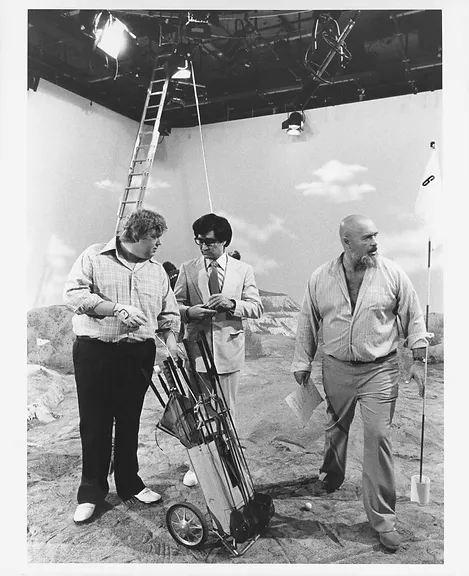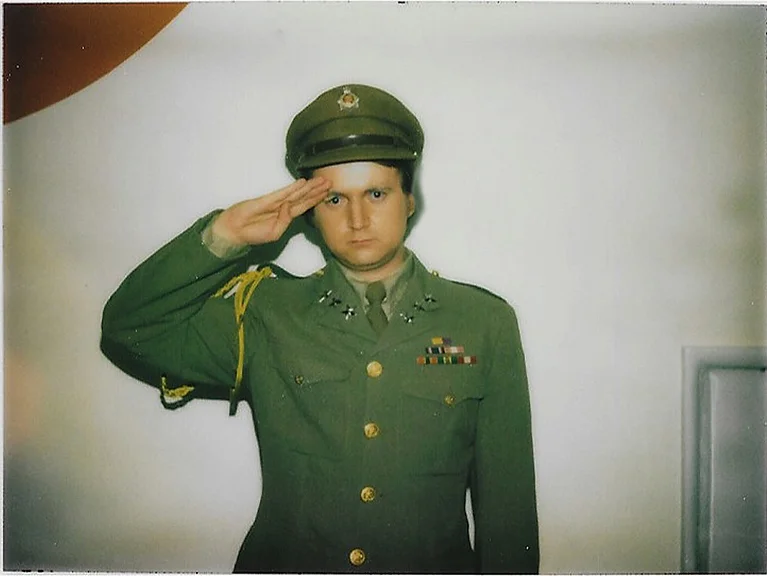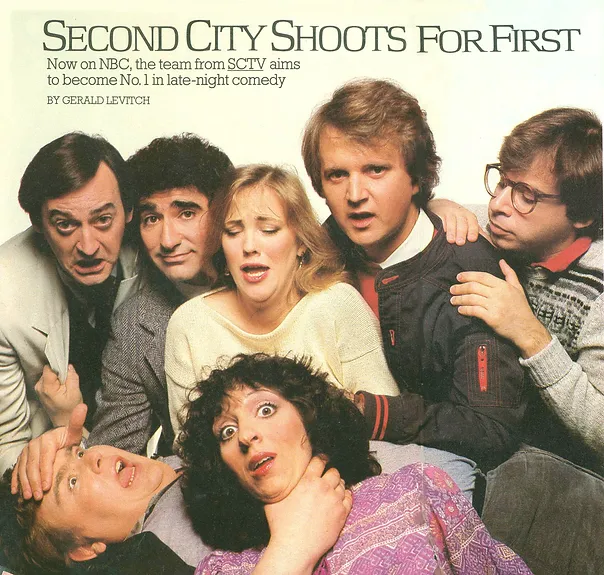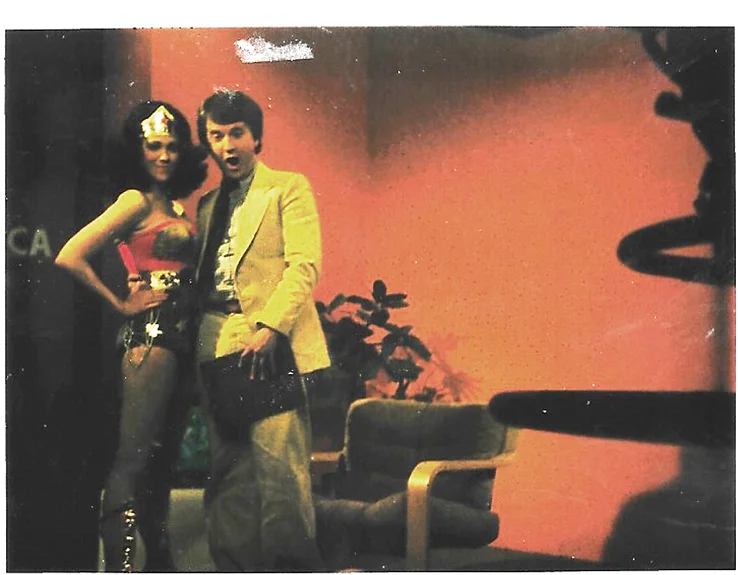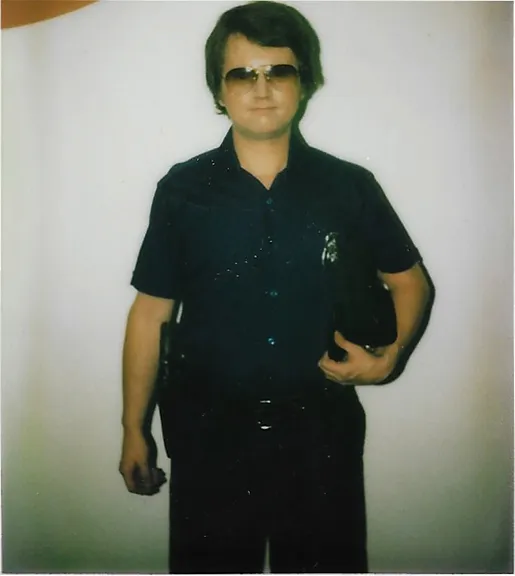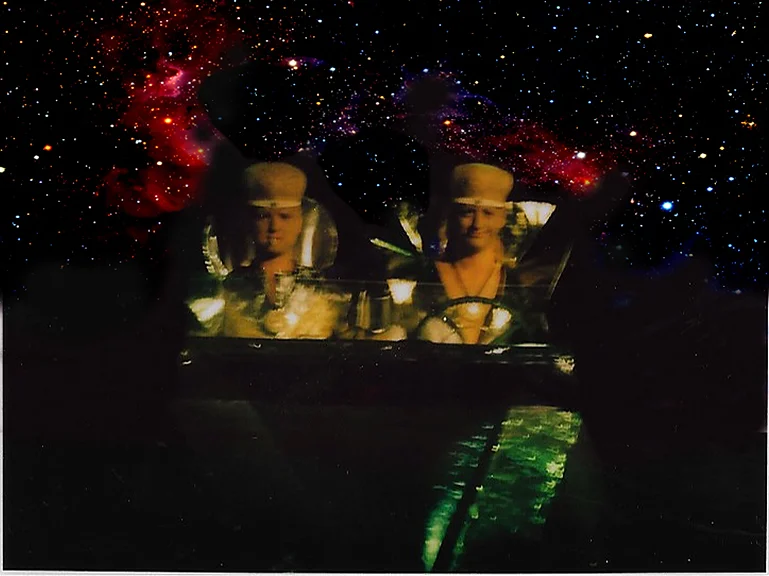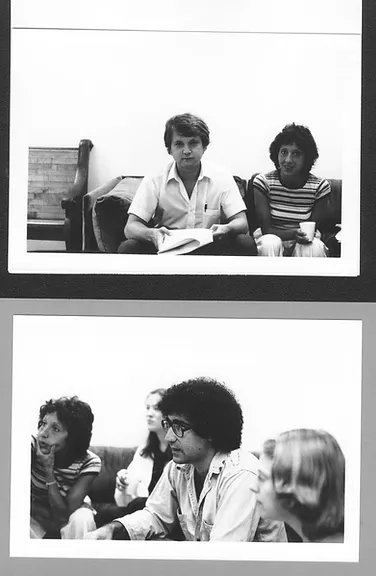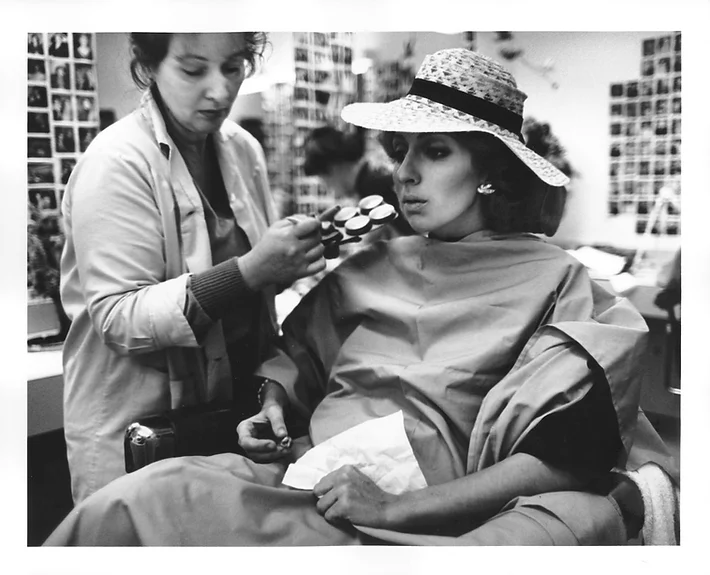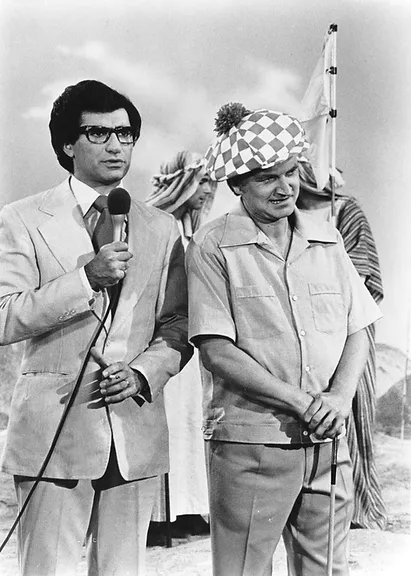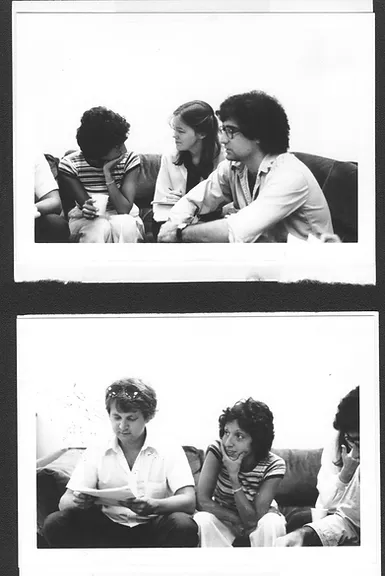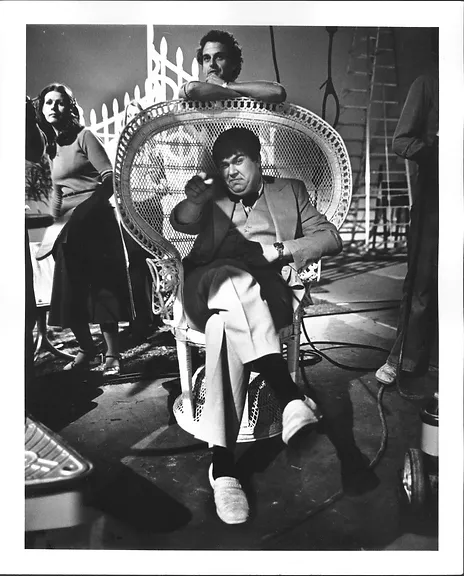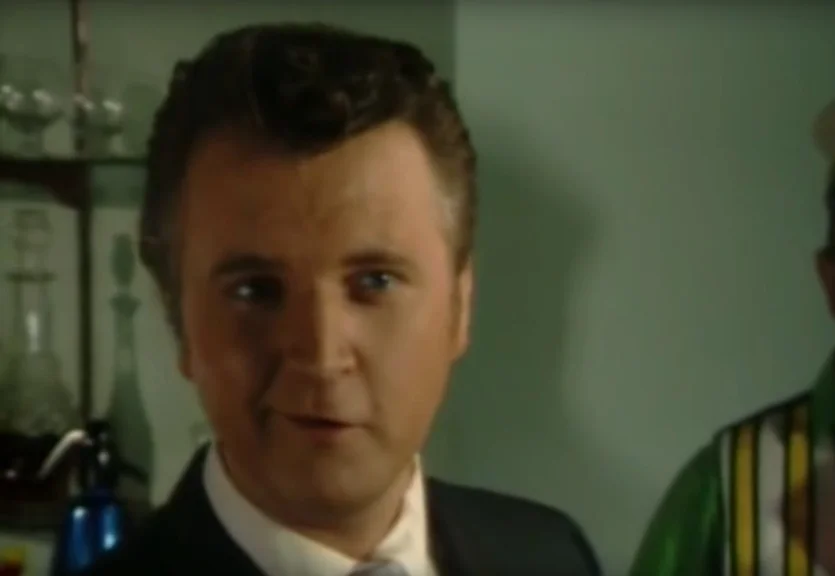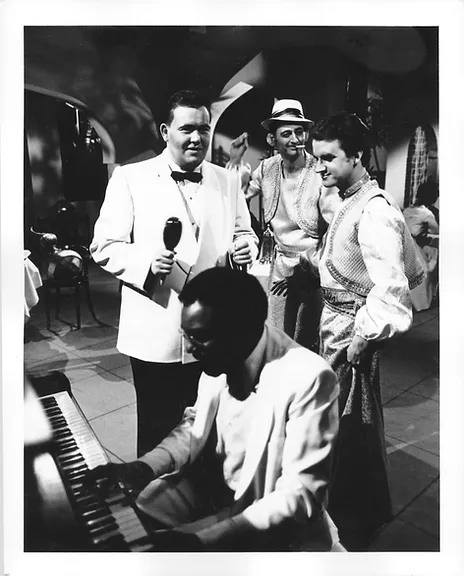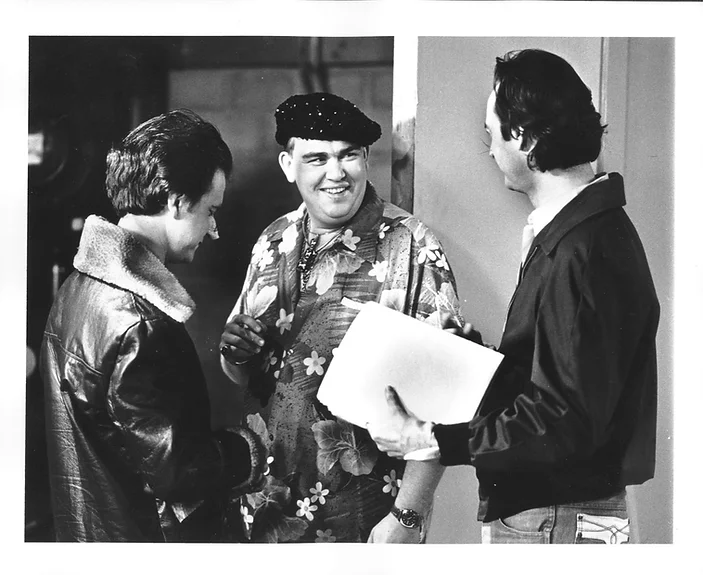I was in the Second City Stage show in Toronto when Bernie Sahlins and Andrew Alexander decided to do the sketch comedy show that would become known as SCTV. Bernie was pissed off at Lorne Michaels for pirating talent from his theaters for SNL (Dan Aykroyd, Gilda Radner, and John Belushi) and decided the only way to stop that talent drain was to start his own show. So he and Andrew went to Canada’s Global television and made what they called a “facility deal” – Global would provide the studio (stages, cameras, lights, editing equipment, and crew) and Andrew and Bernie had to find the money for everything else (writers, actors, directors). Bernie had a lot of respect for a Chicago Second City alum, Harold Ramis, who was in Los Angeles doing TVTV when Bernie approached him to come to Canada and work with his old alumni Joe Flaherty to put this TV show together.
Meanwhile Andrew went looking for the money to pay everybody. He knew that a Canadian broadcast deal needed some sort of U.S. component and, since SNL already was on network television, it was unlikely that any network would touch another late night sketch comedy show. Television syndication seemed like the best way to augment the facility deal at Global TV. Enter Jack Rhodes, whose company Filmways was a name I recognized as an American distributor and sometime producer of television. For example, at the end of the TV show, “The Beverly Hillbillies” sexy Ellie Mae Clampet used to do the voiceover “This has been a Filmways Presentation”. So I knew the name because I loved Ellie Mae.
Rhodes thought he could sell the show to independent television stations across the U.S. in the same way he had sold reruns of former network shows like “The Beverly Hillbillies”. For the first season of SCTV, Rhodes put the show in 48 U.S. markets – which, luckily for us, included New York and Los Angeles.
Harold came to Toronto and, with Joe, made his first recruiting stop at the Second City Stage company. That is how Catherine O’Hara and I were included in the cast – we were in stage company at that time. So, by sheer chance, was John Candy who had just returned to Toronto from Pasedena where a stage company Bernie put together (also including Eugene Levy and Betty Thomas) failed and closed after a couple of months. Candy was a natural fit for a TV show – a man whose presence was admired but never captured by Lorne Michaels. And Levy was among the most experienced of the Second City Toronto players having done all of the shows there until Bernie had shipped him off to Pasedena. And then there was Andrea Martin, a bottle rocket of talent and energy who had charmed audiences with her talent from Toronto’s Godspell company through several Second City stage reviews.
So that was the cast – Harold Ramis and Joe Flaherty, John Candy, Eugene Levy, Catherine O’Hara and myself. Catherine was a much better actor than I was and this played a big part in her selection for the show. But I was a writer. I had demonstrated that in a couple of reviews and Flaherty has told me since that this played a big part in my selection for the show.
During the initial writing and concept stage of the show, Bernie was still very involved. Bernie wanted the TV show to be smart – to emulate the earlier Second City comedy of Elaine May and Mike Nichols – which was fine. We all wanted that. But Bernie was an academic and wanted the show to reflect the classics – which is why, in one of the early shows, we did a parody of Chekhov play. I had an academic background too, completing an honors BA in English Lit and then even drifting into graduate work in English. But I knew Chekhov was not right for TV comedy. So it was my idea to play Star Trek’s “Mr. Chekhov” and beam into the play. Harold loved that and championed it right away. And gradually, we all moved away from Bernie’s academic vision of SCTV to a more commercial one.
The origin of the concept is outlined in detail in my book, “SCTV: Behind the Scenes” which is currently out of print but still available on Amazon.
